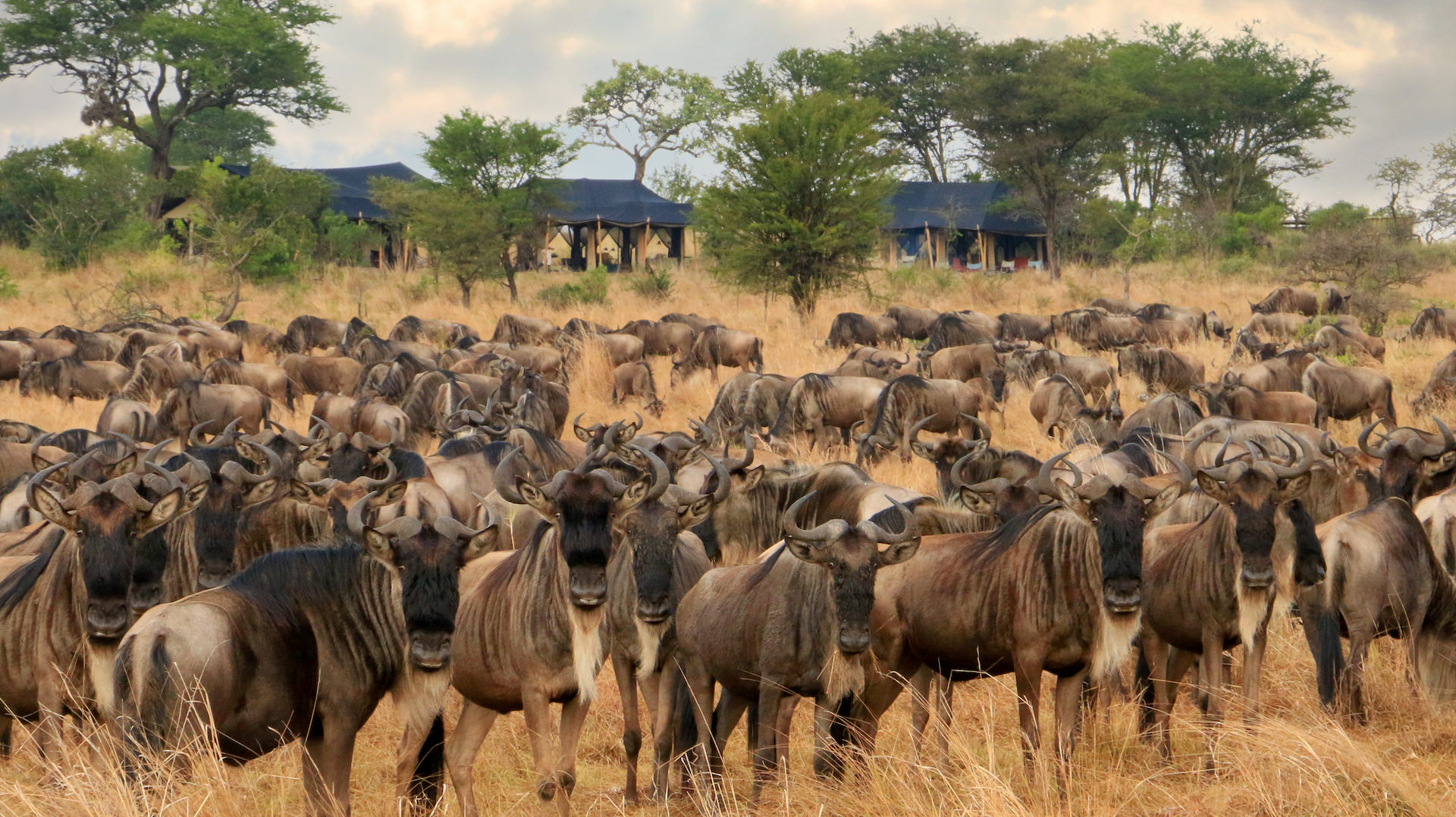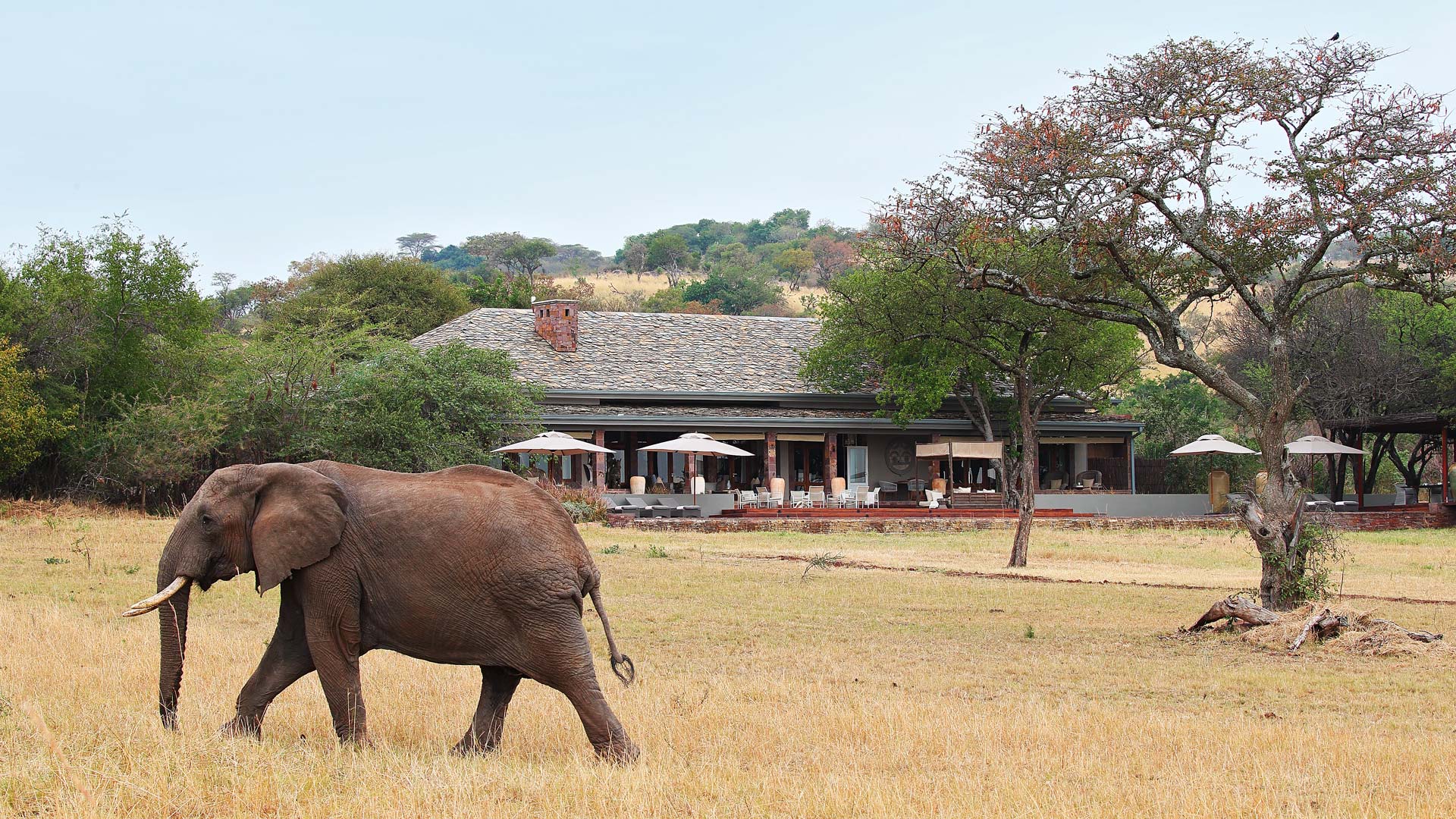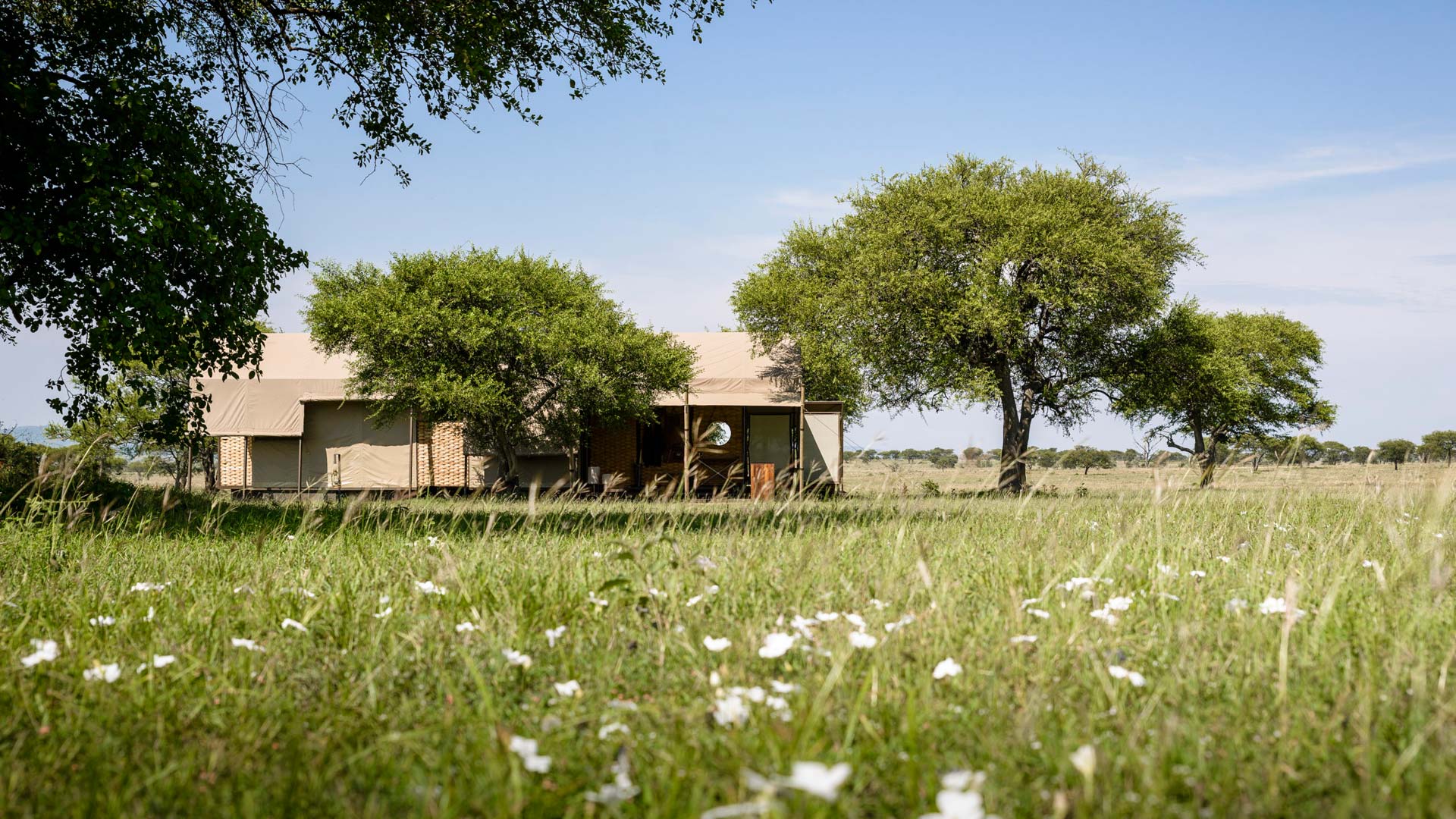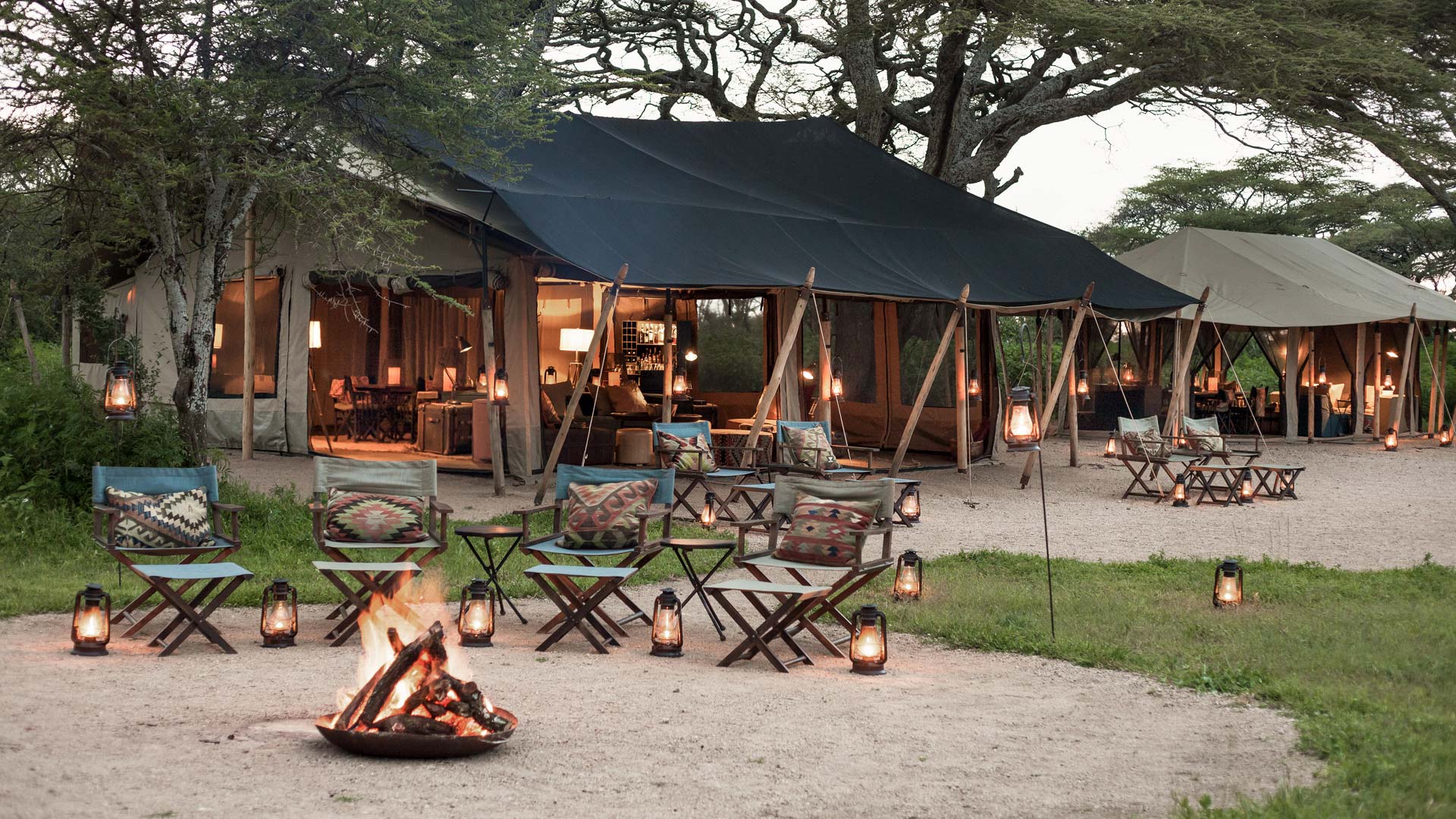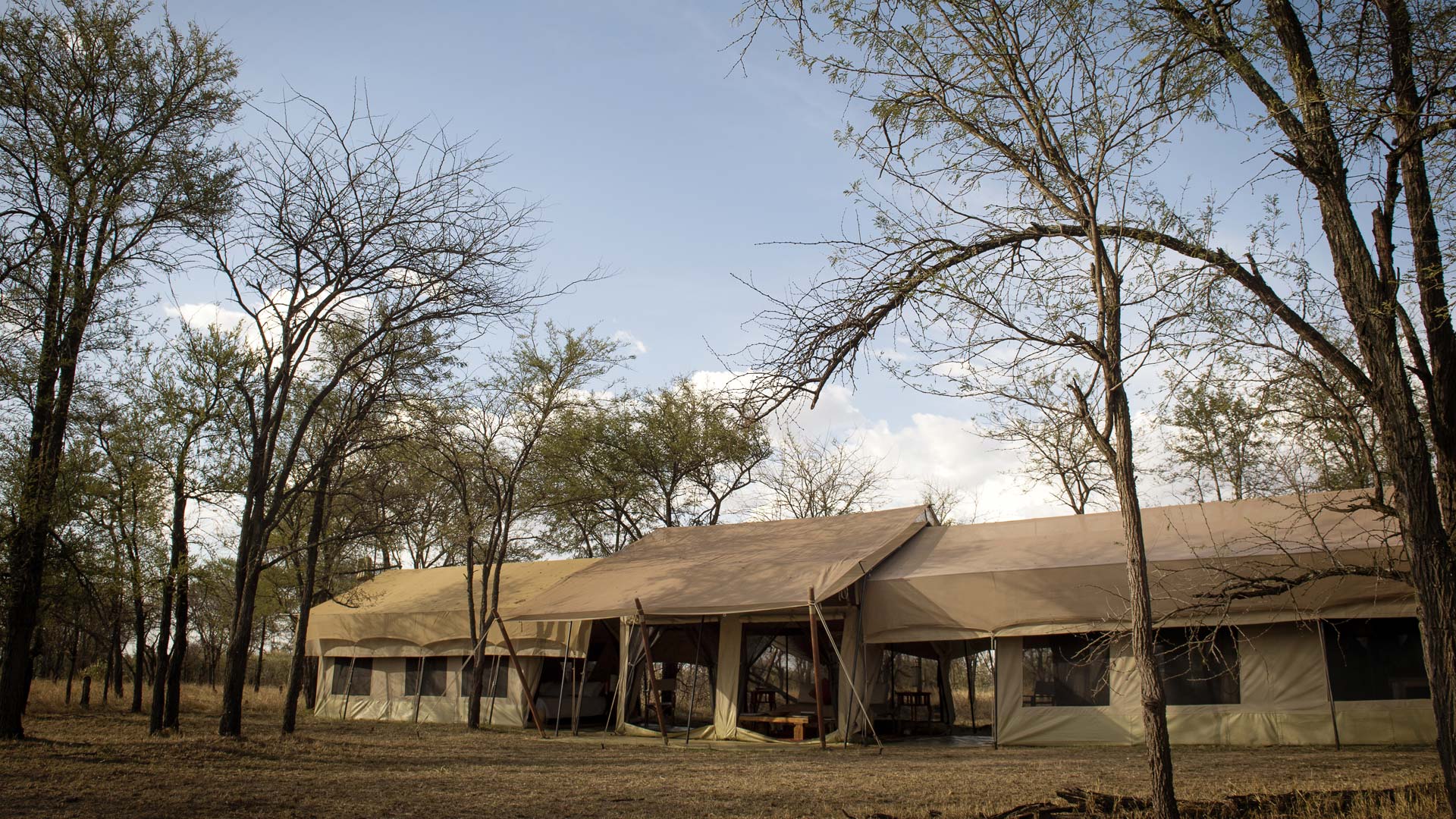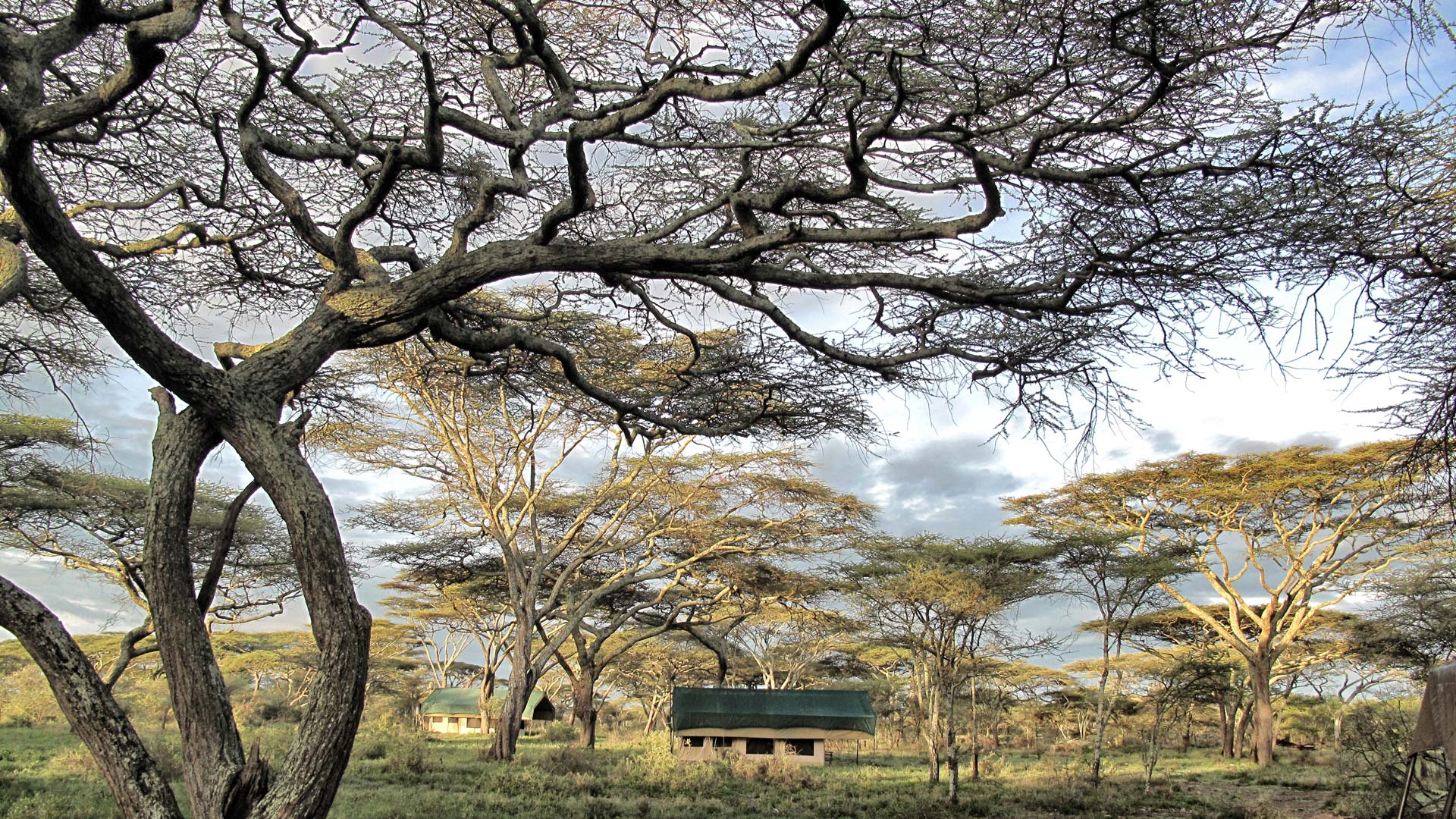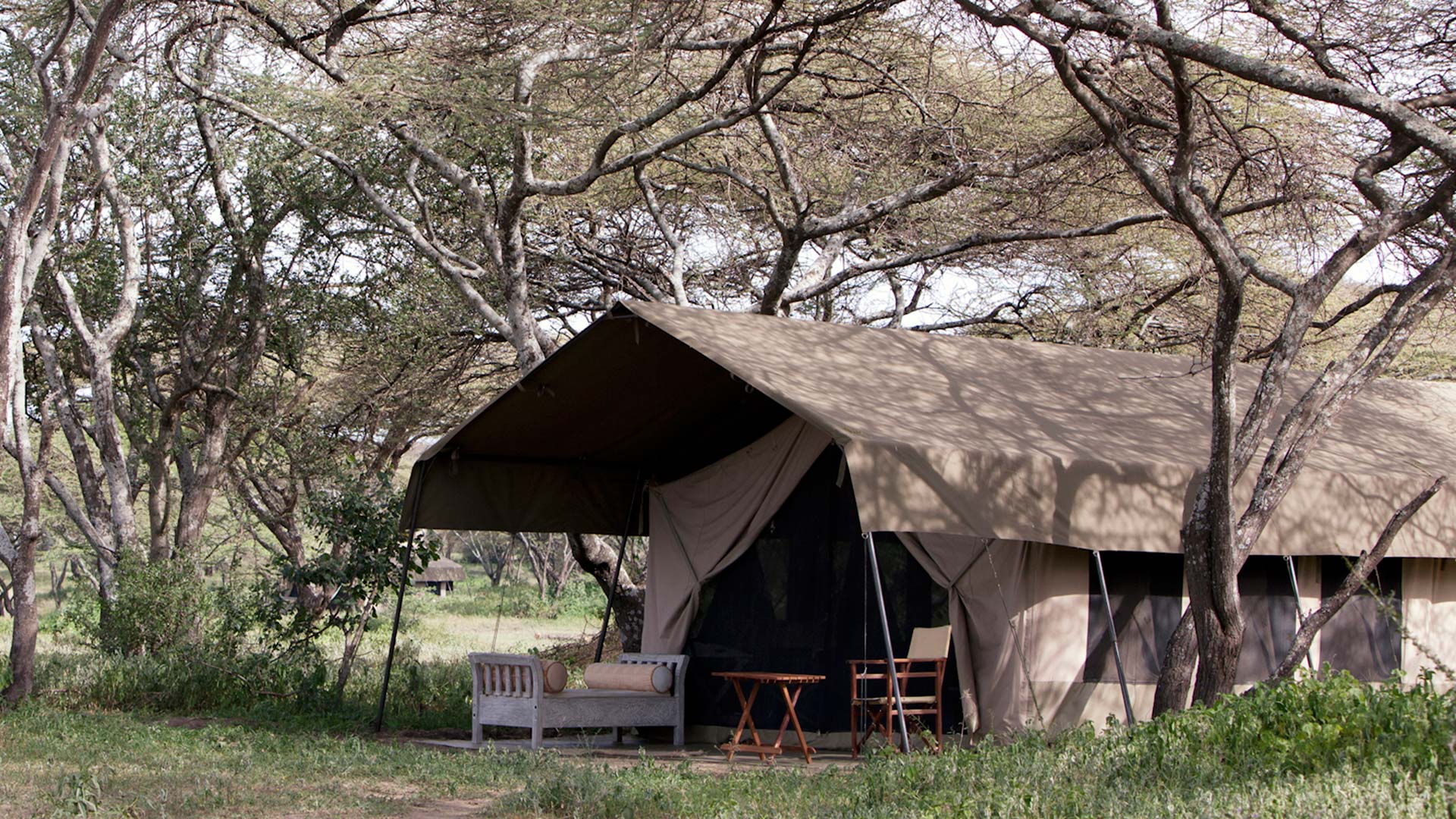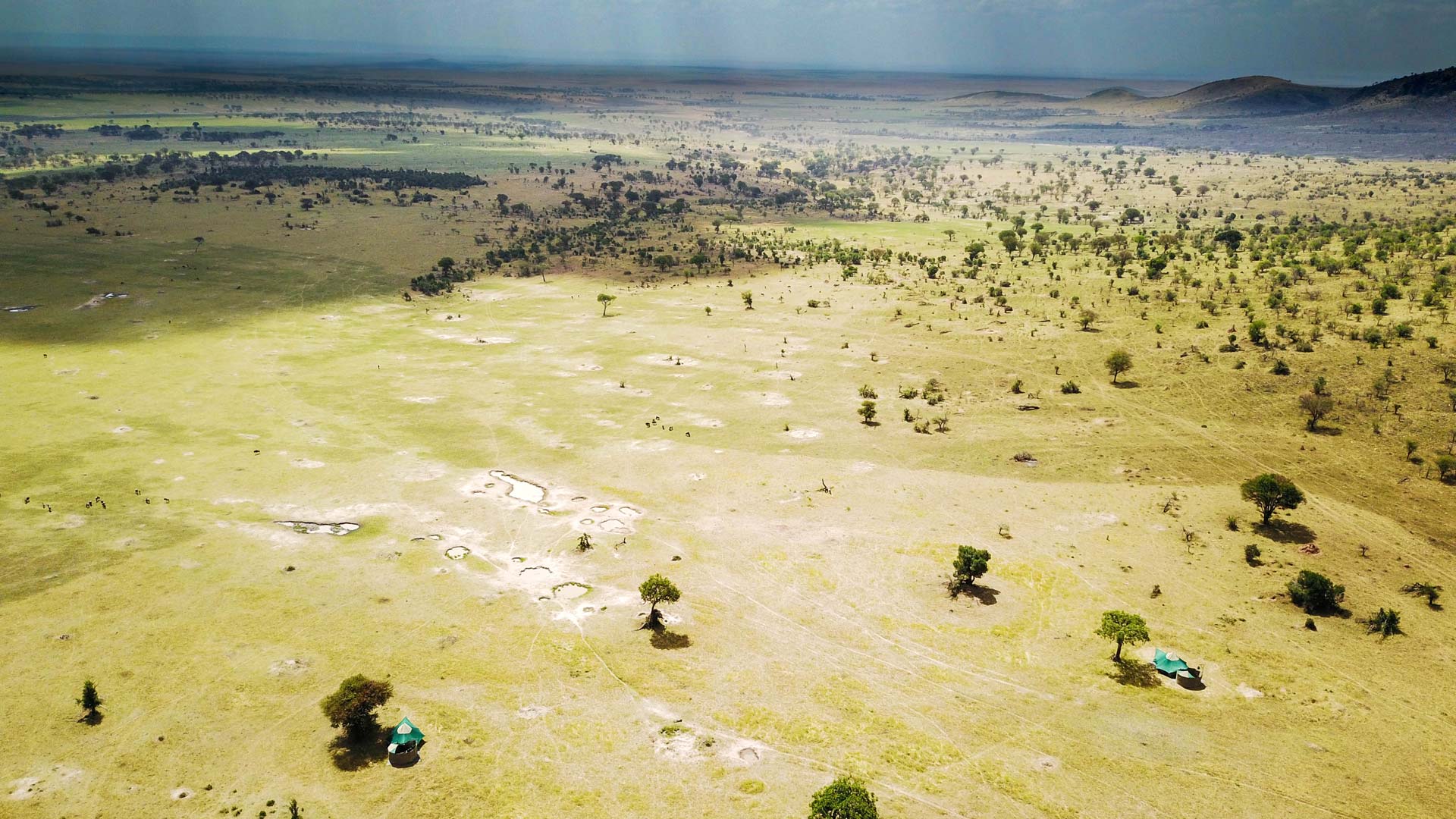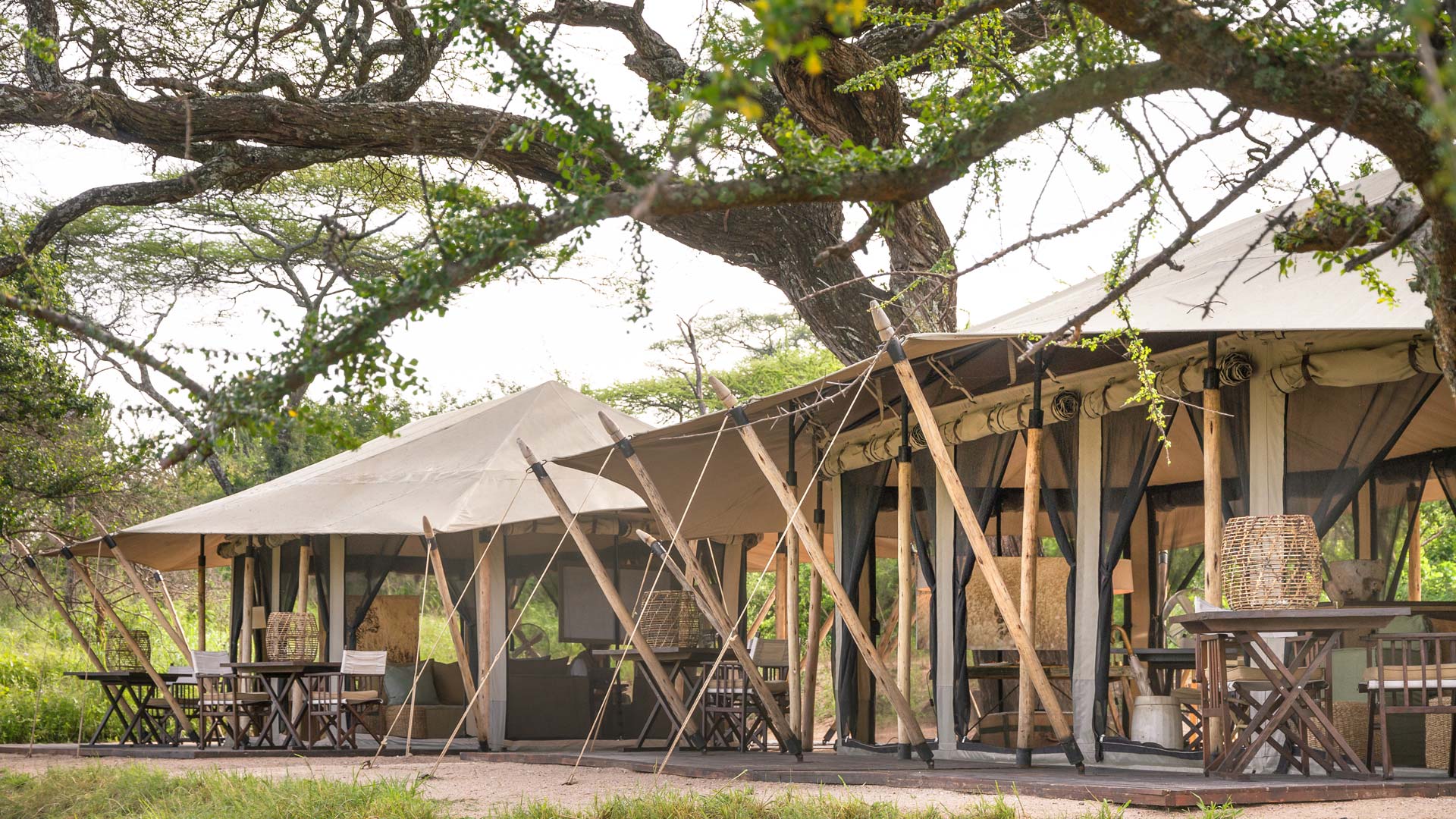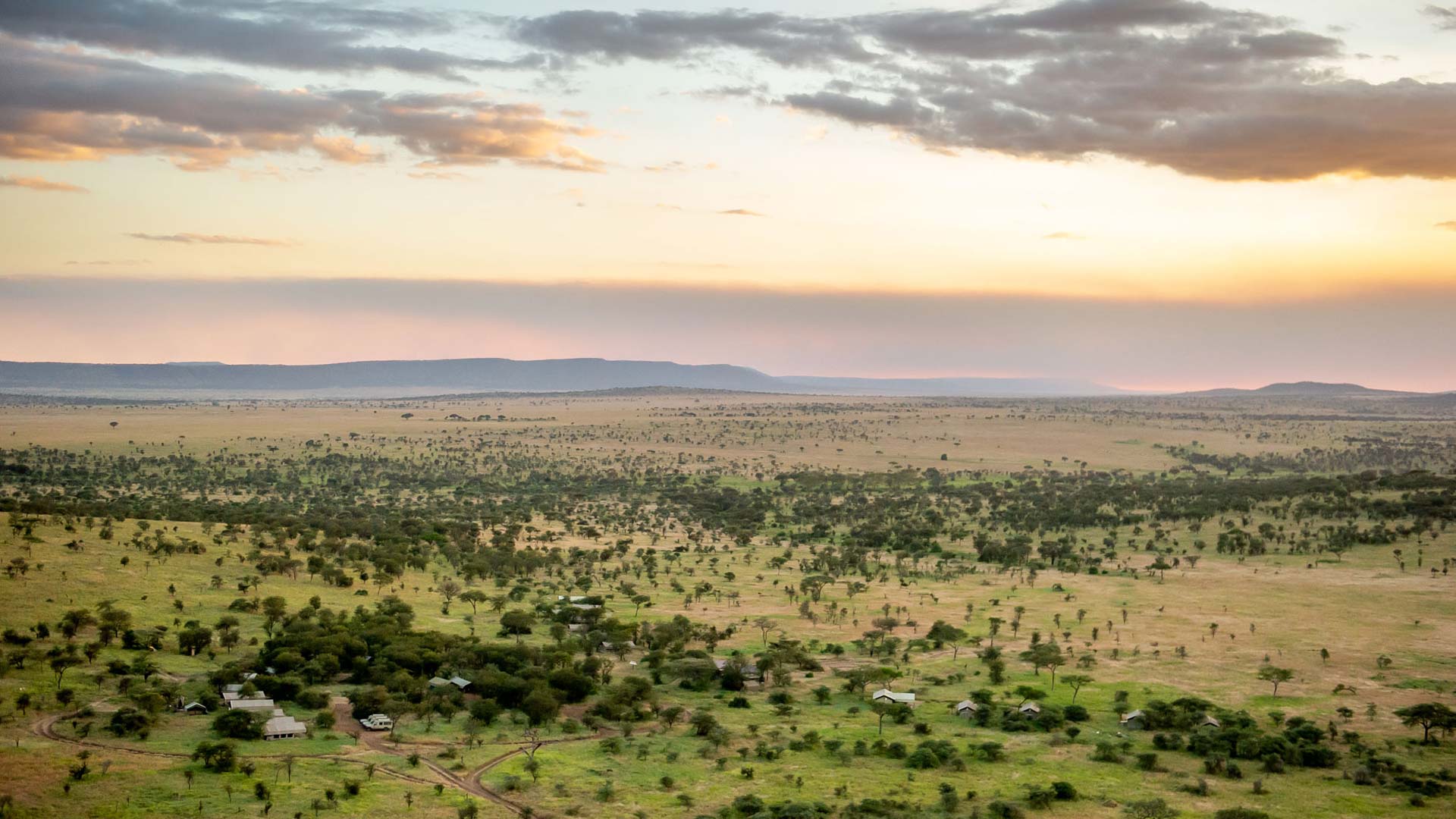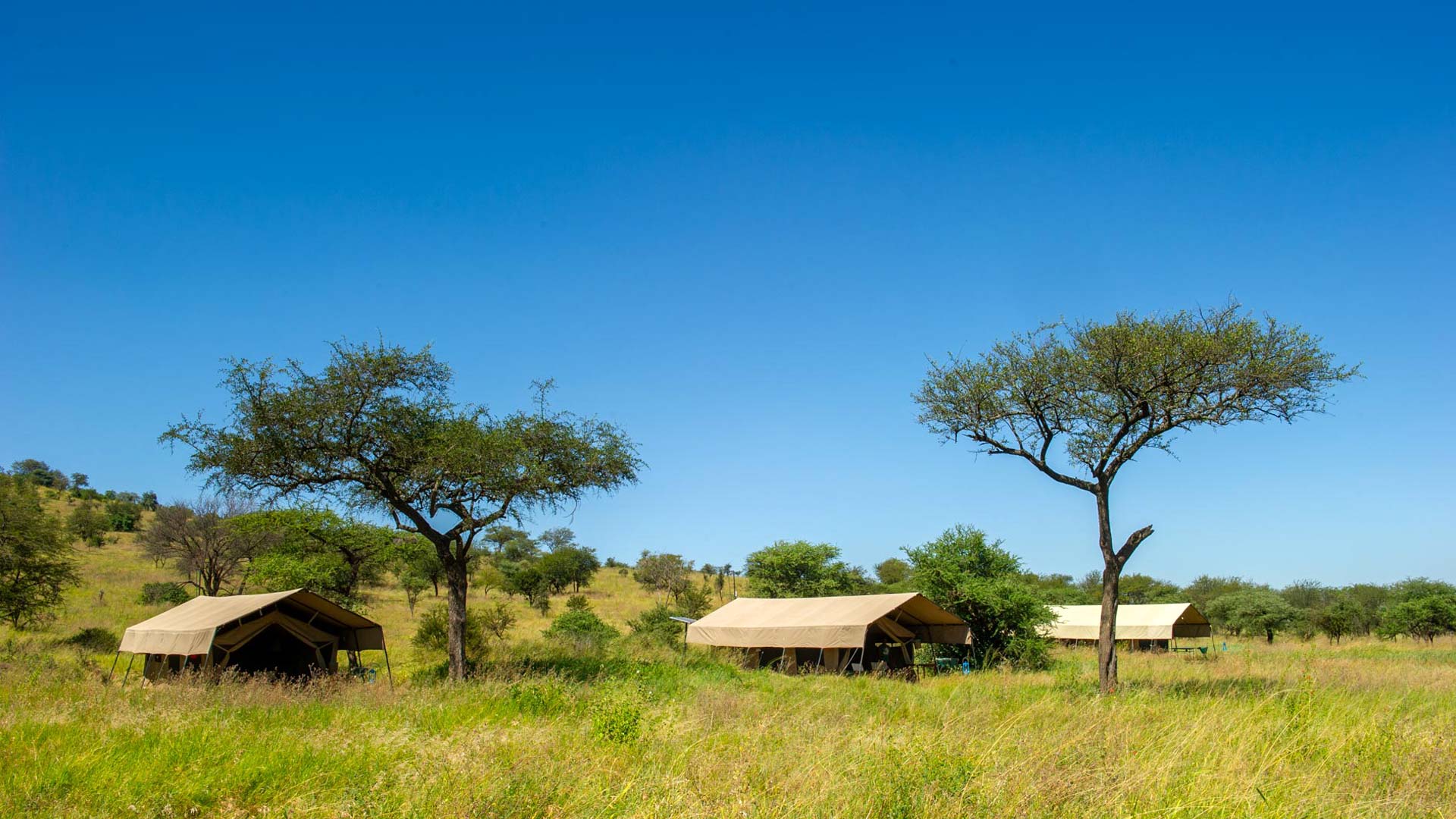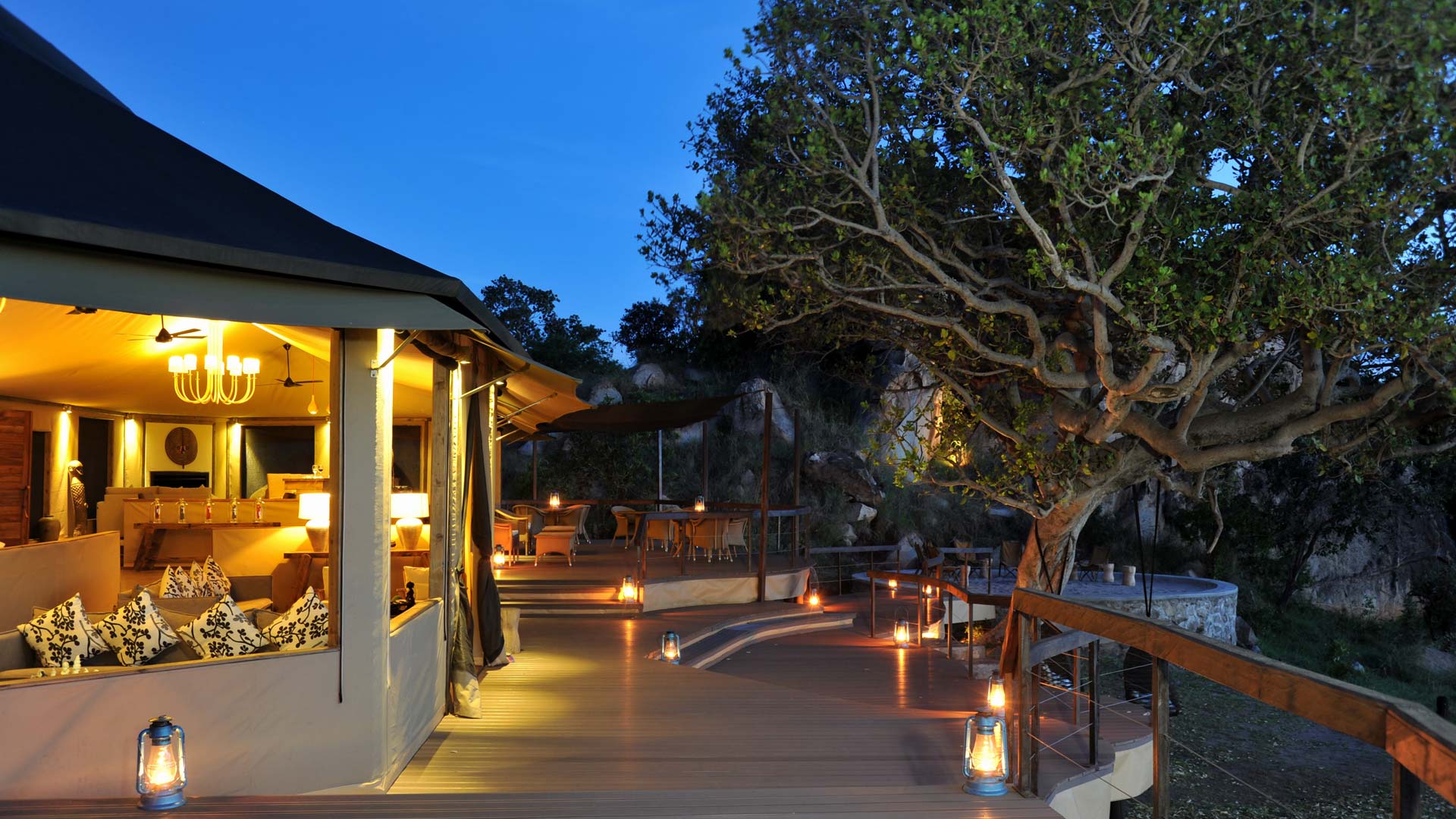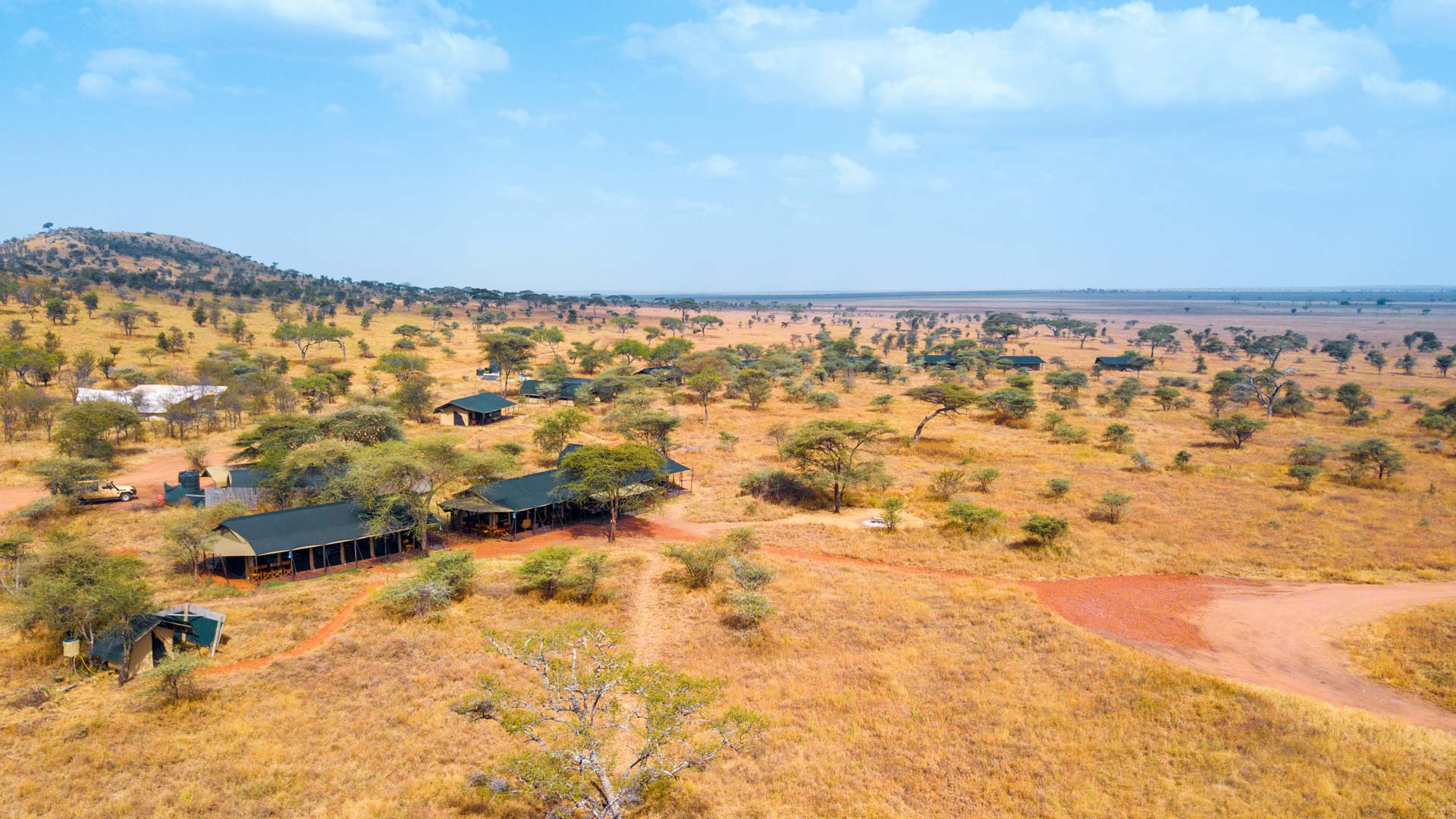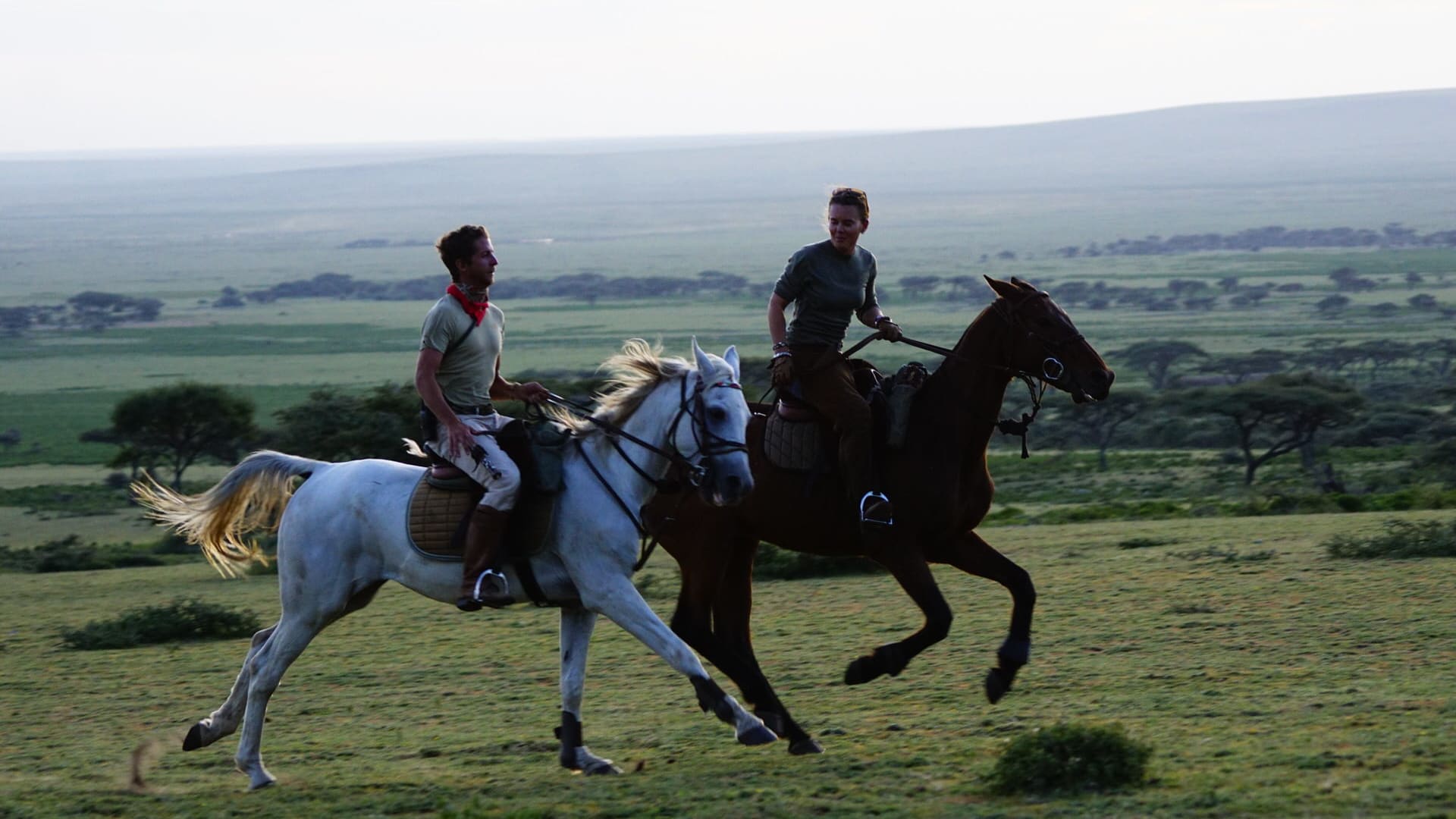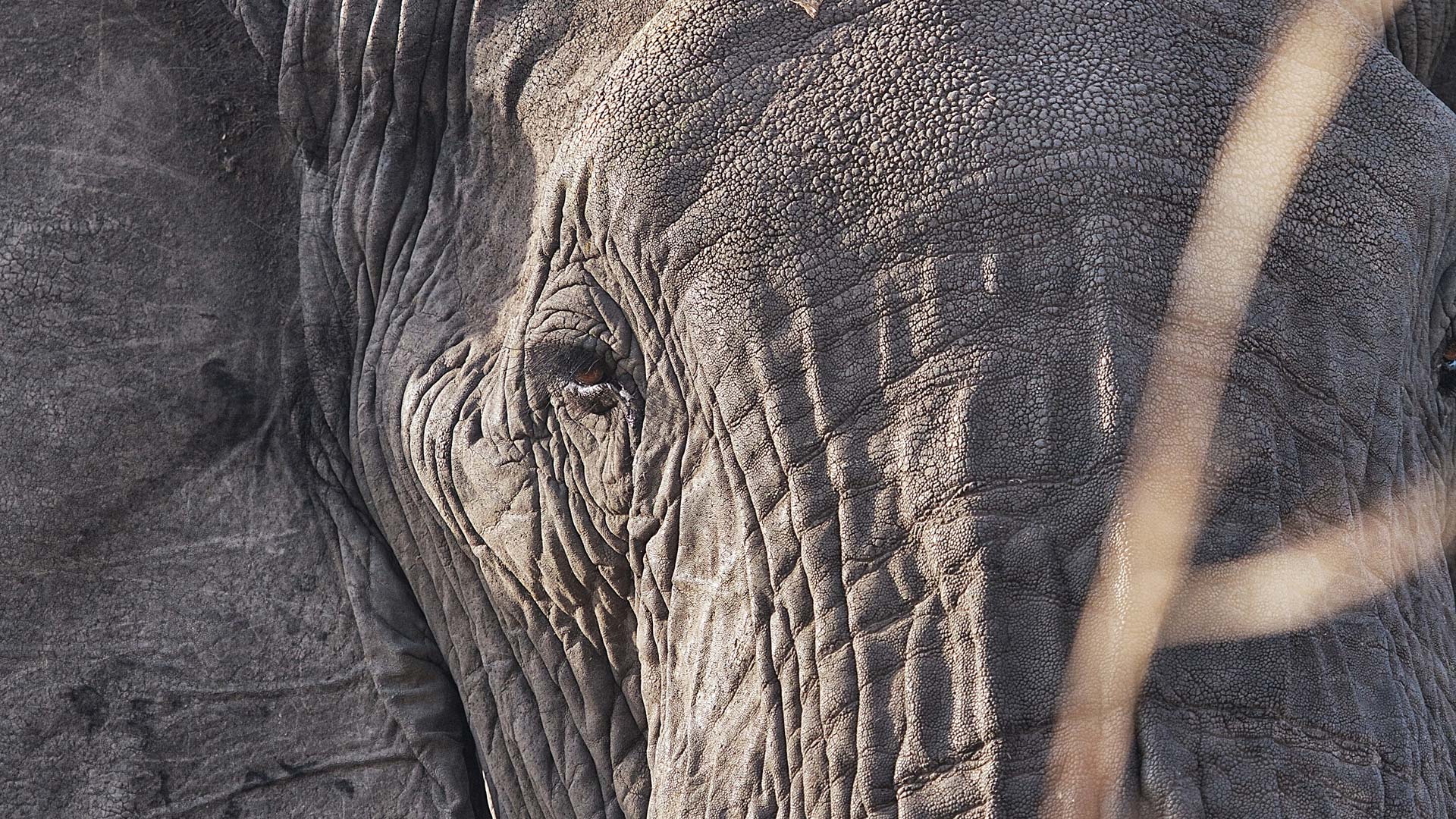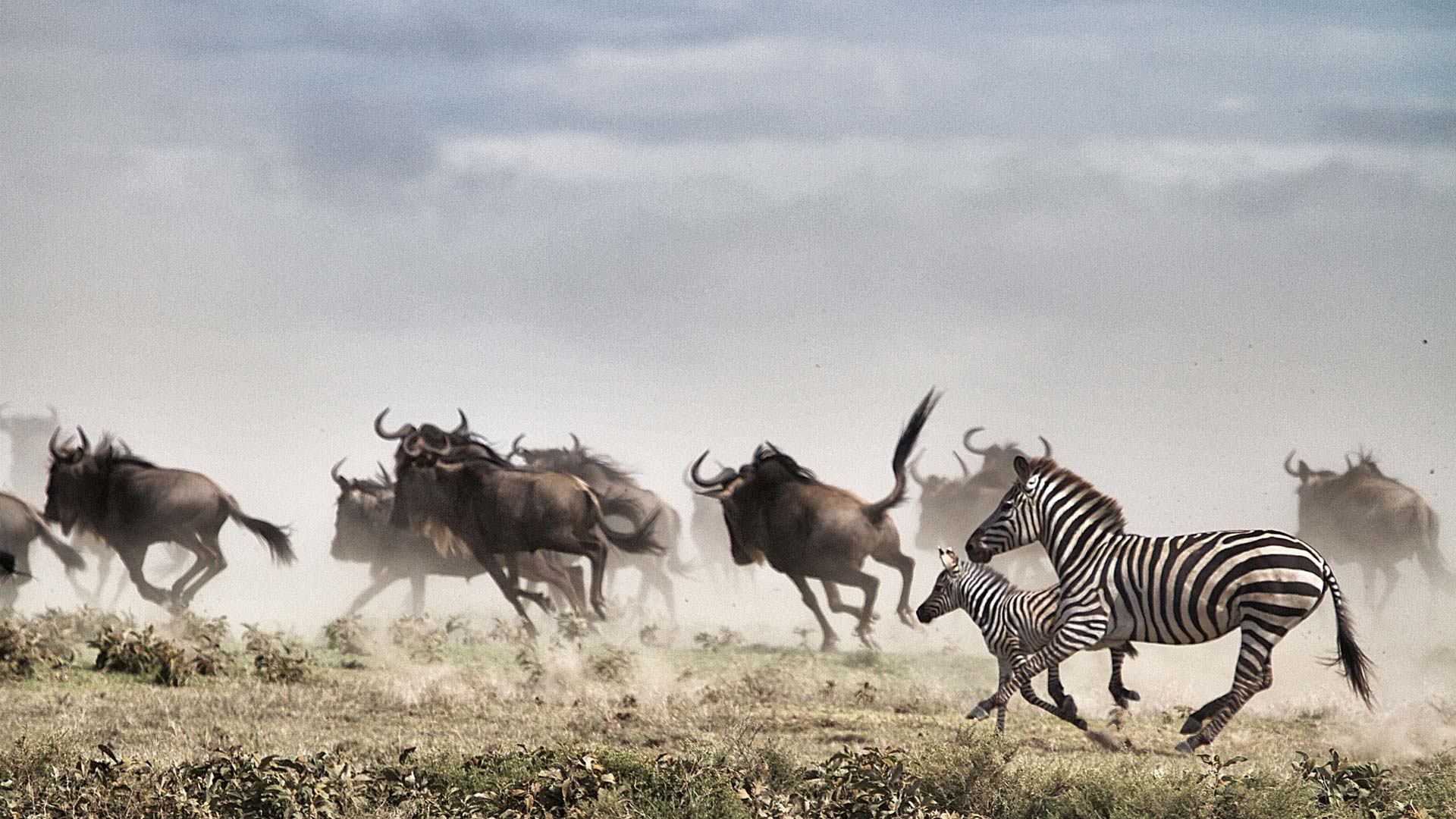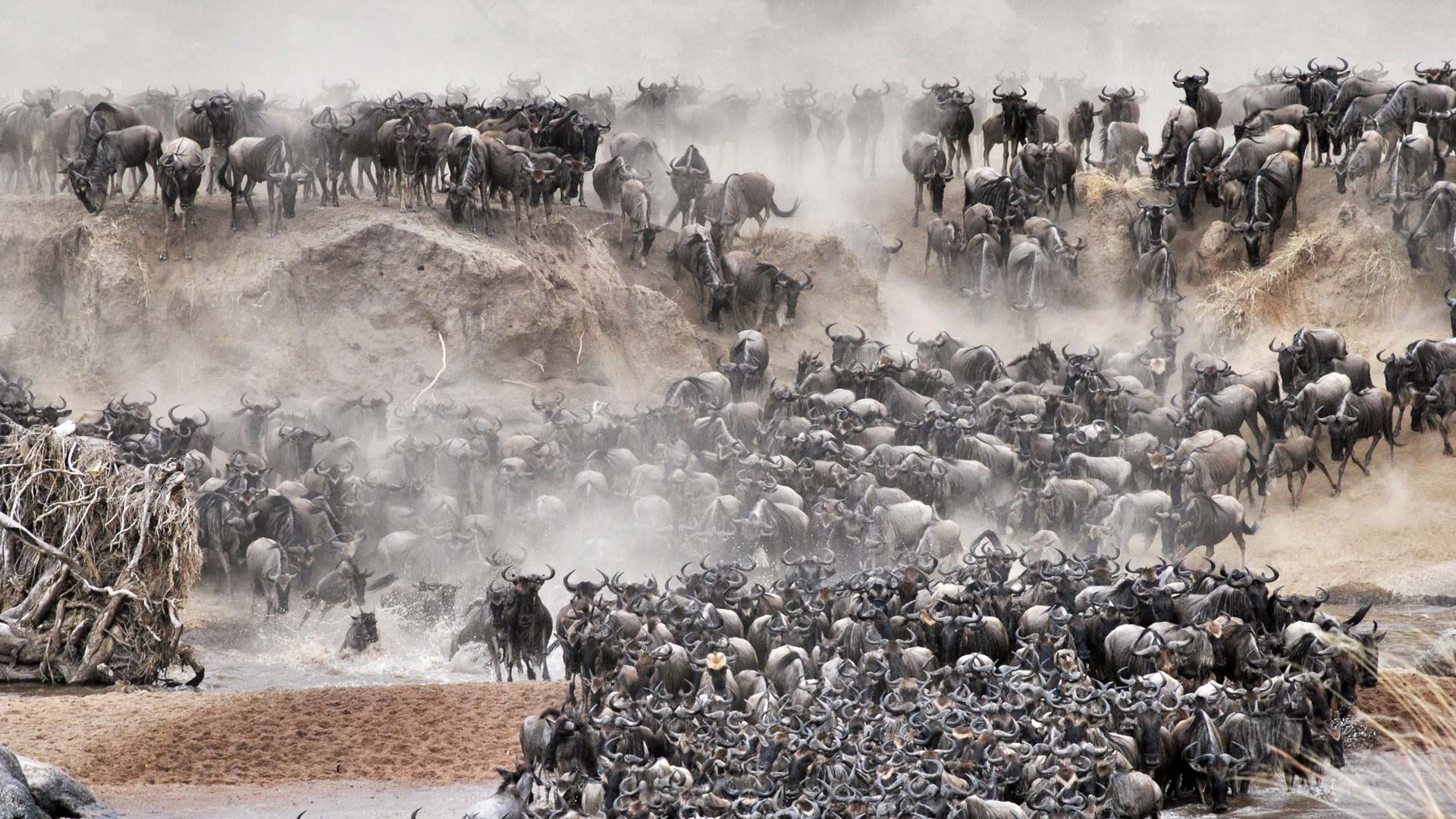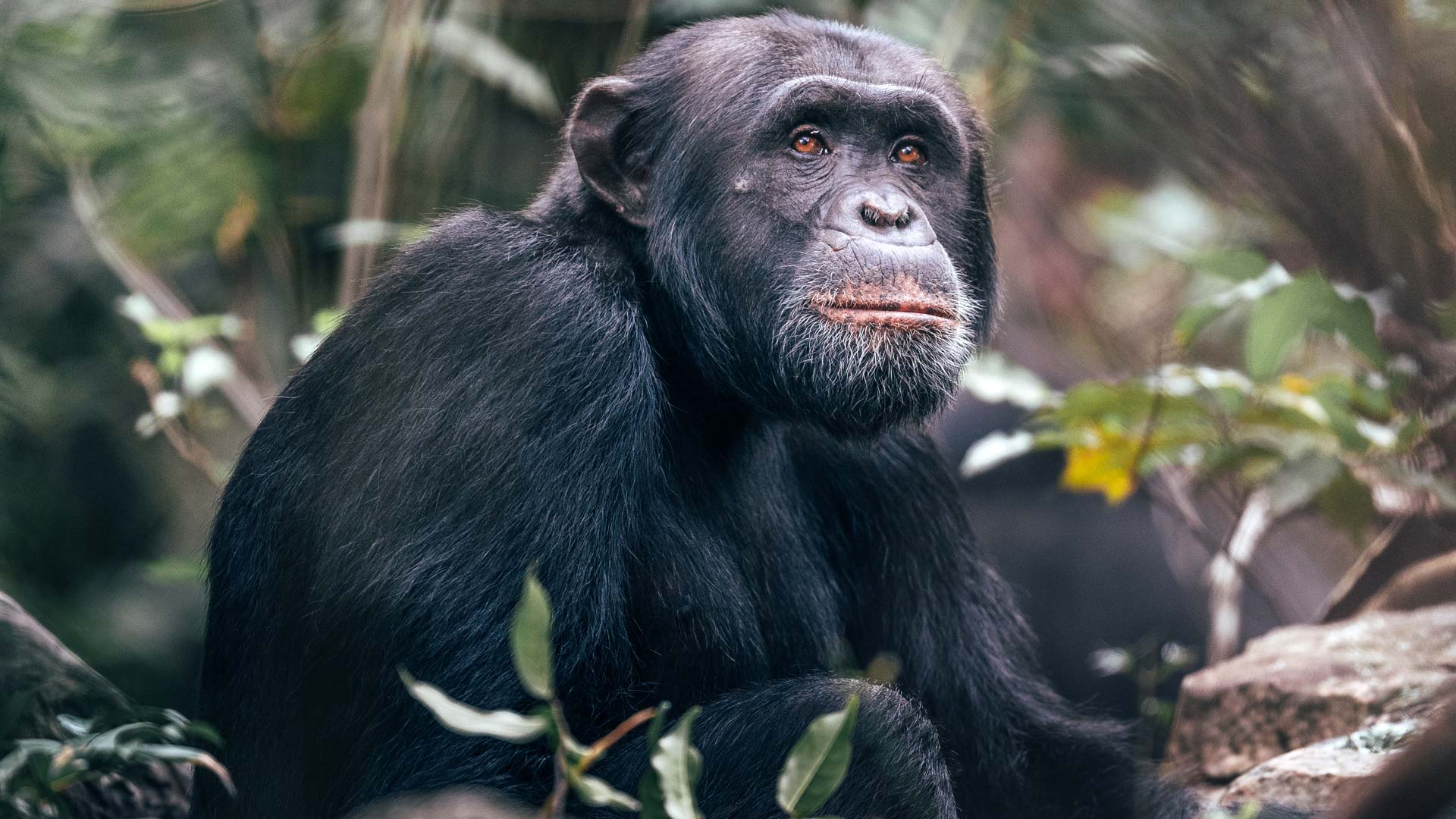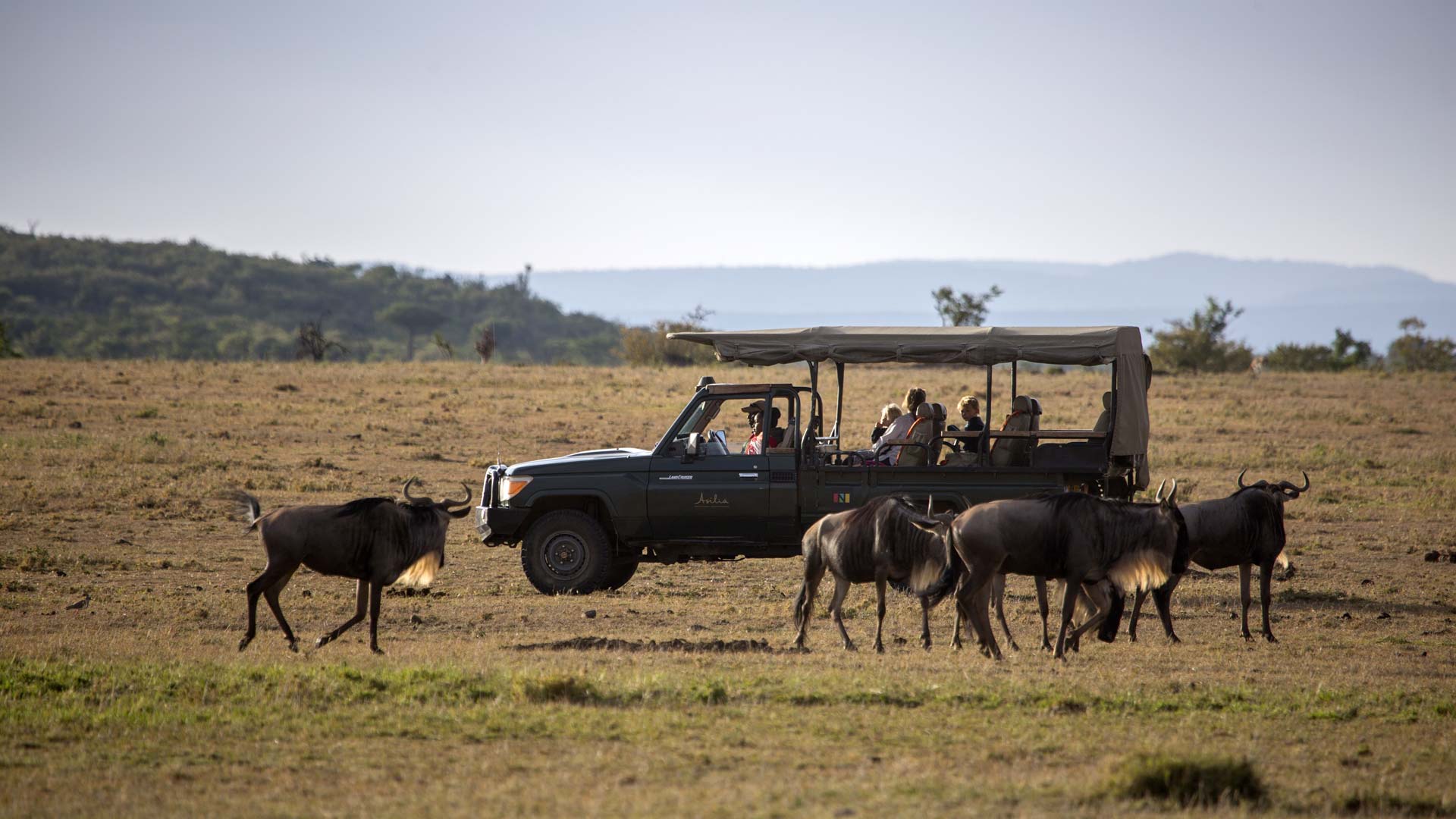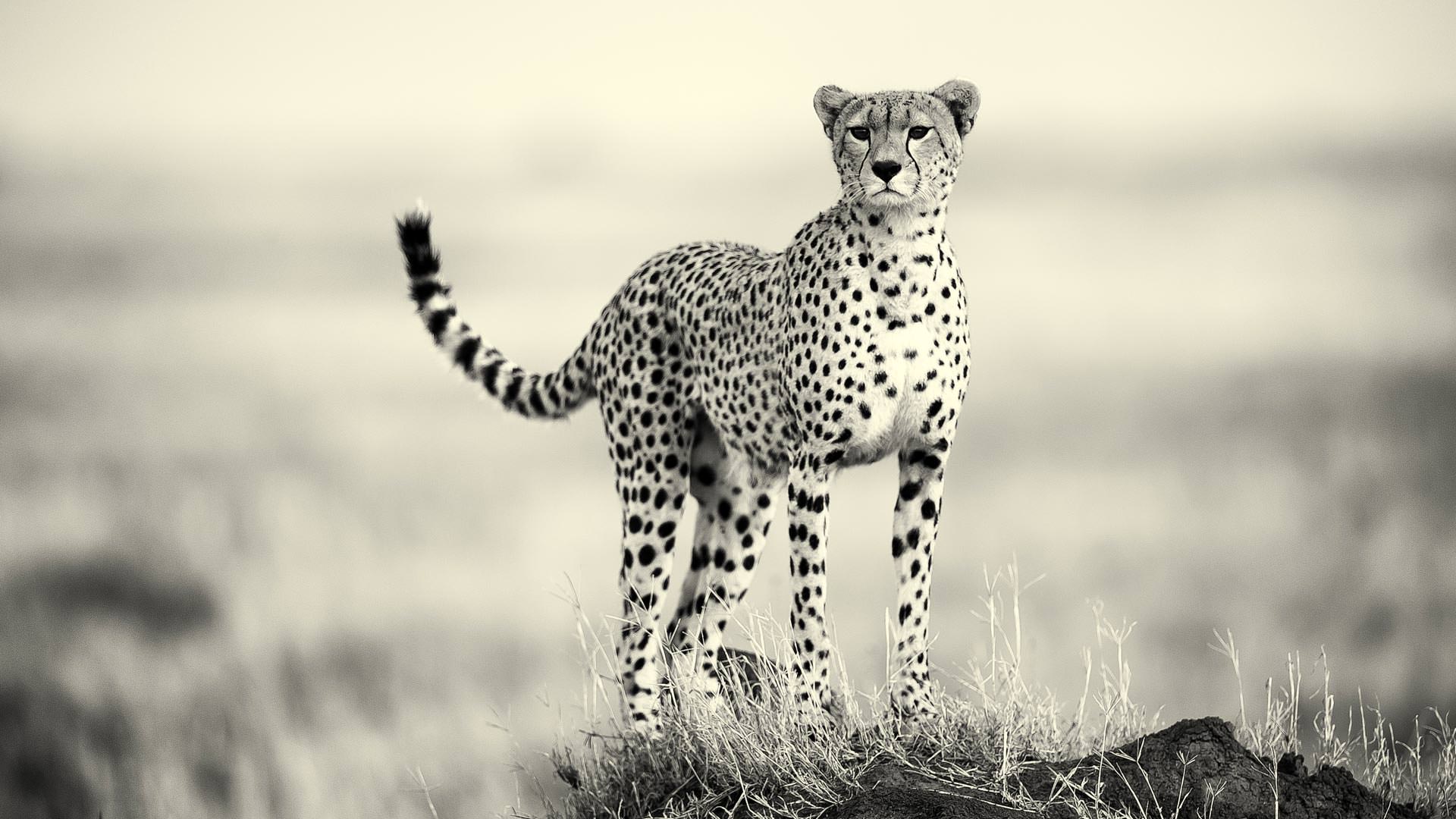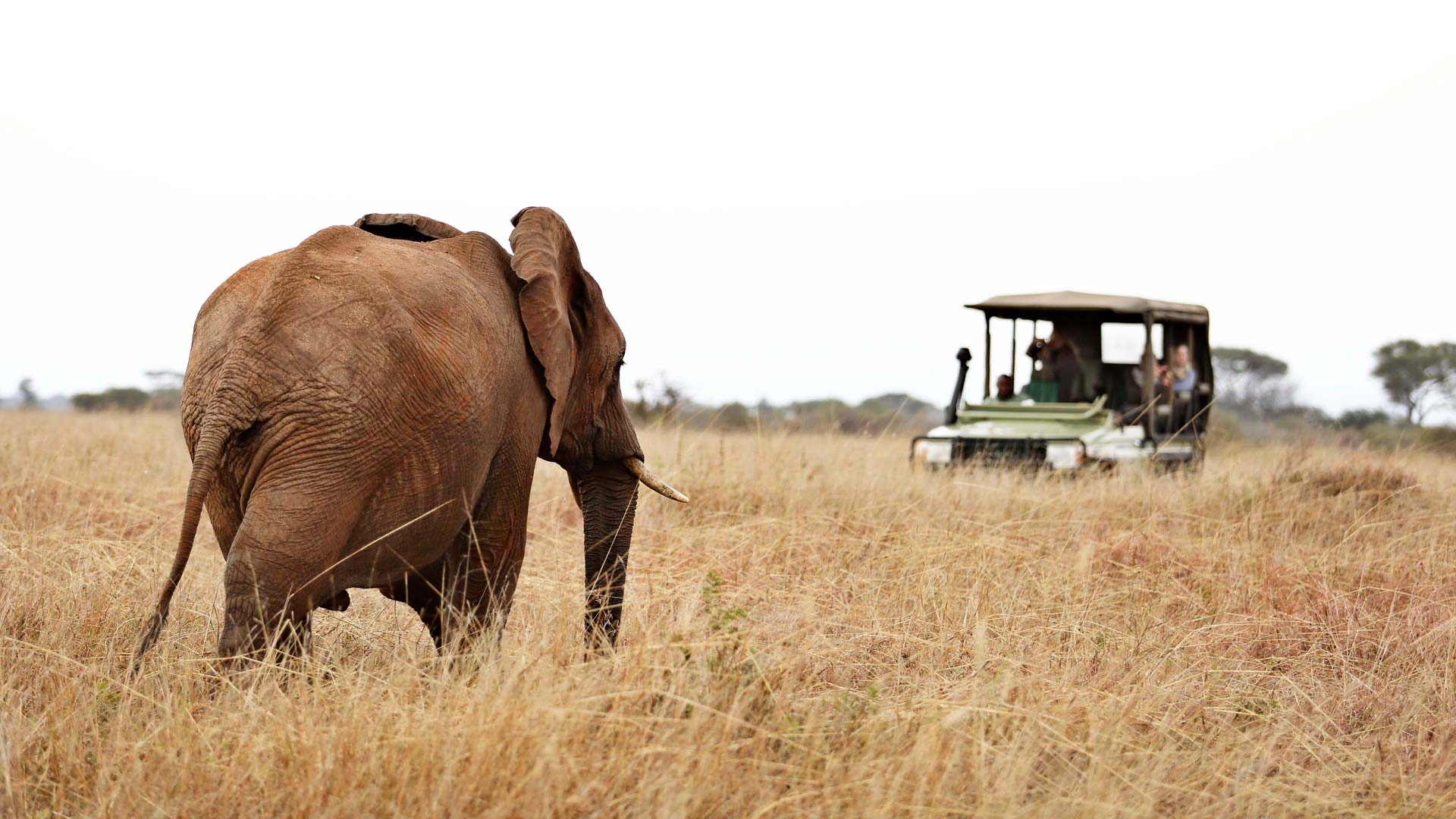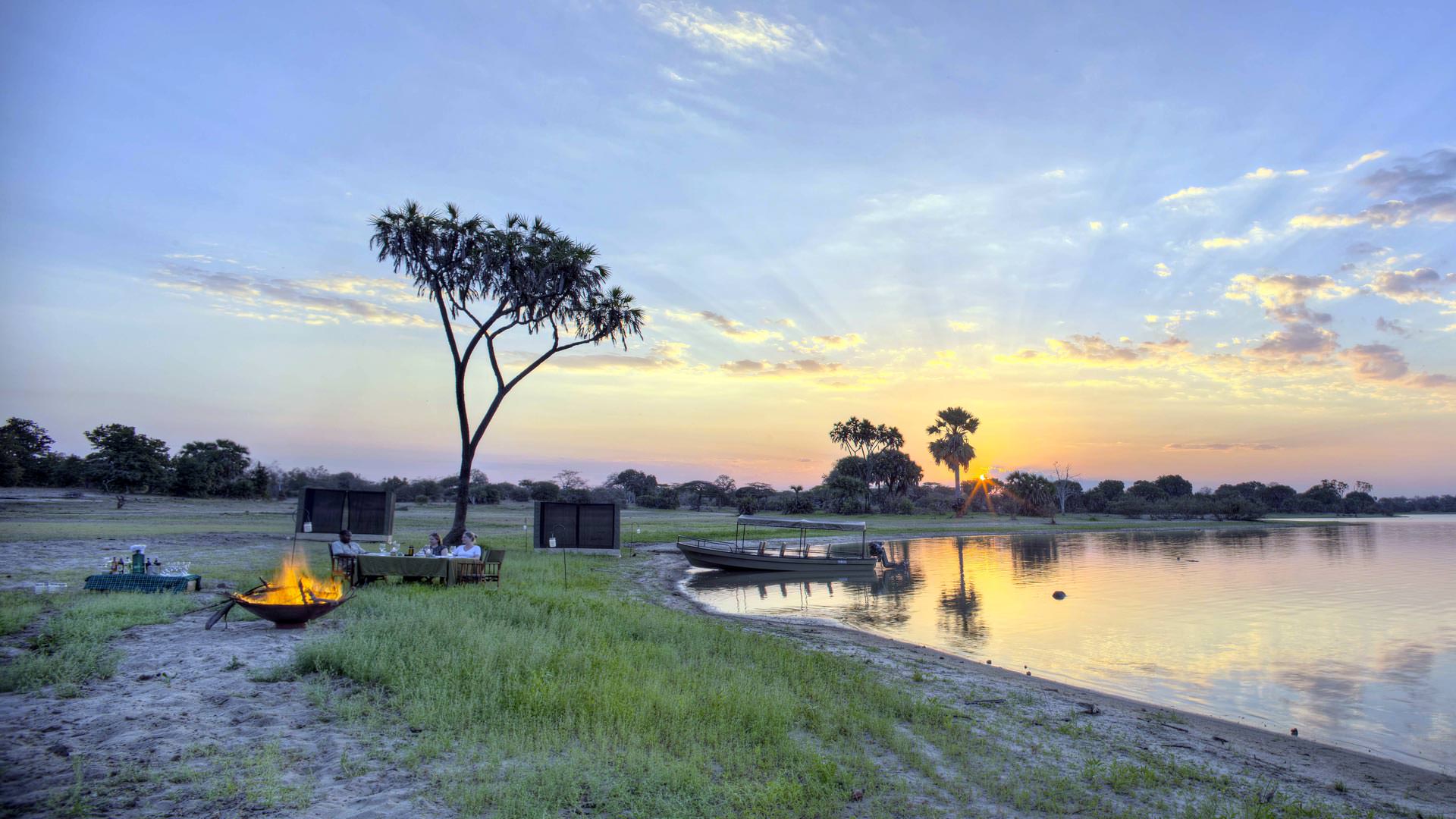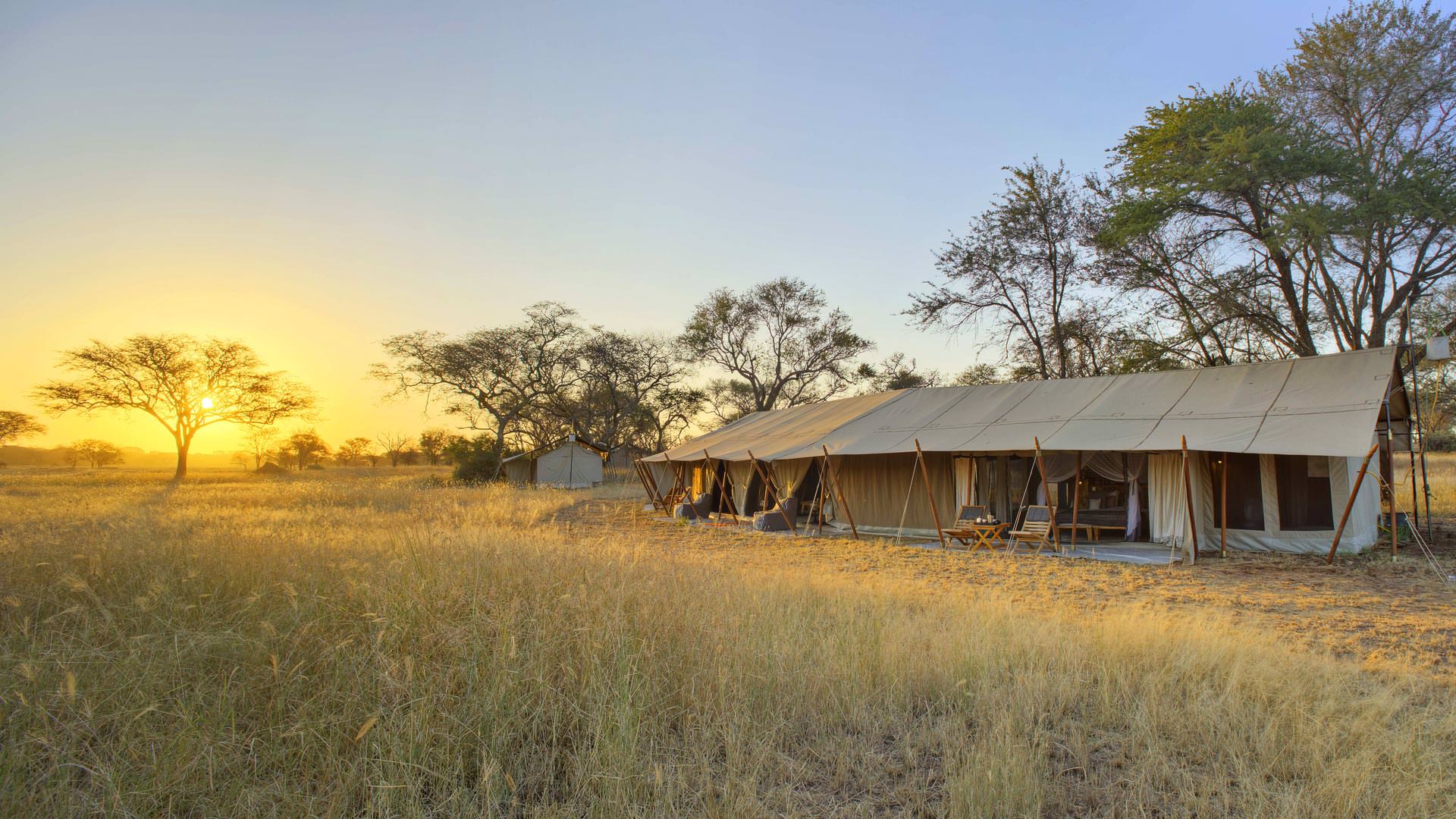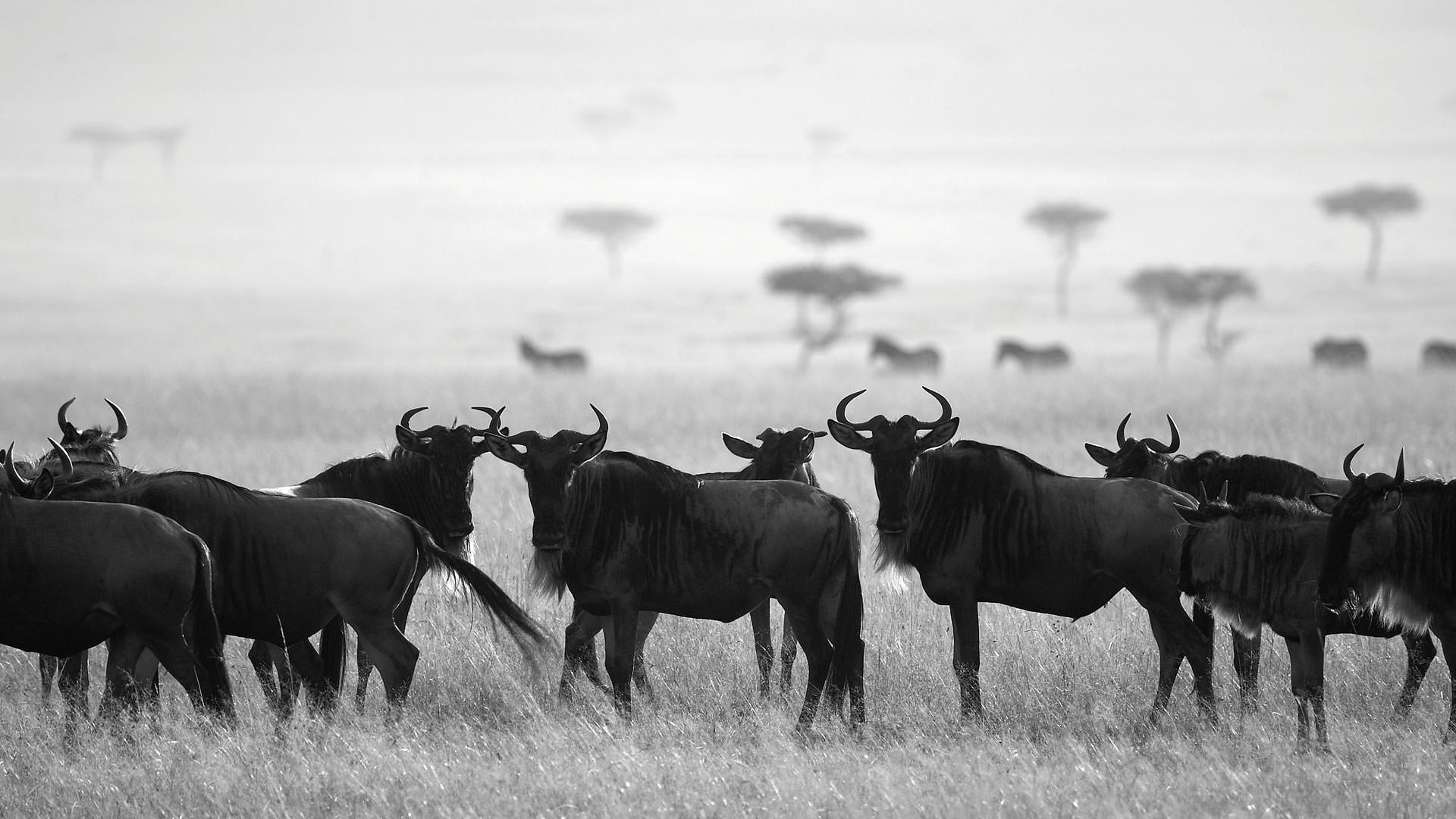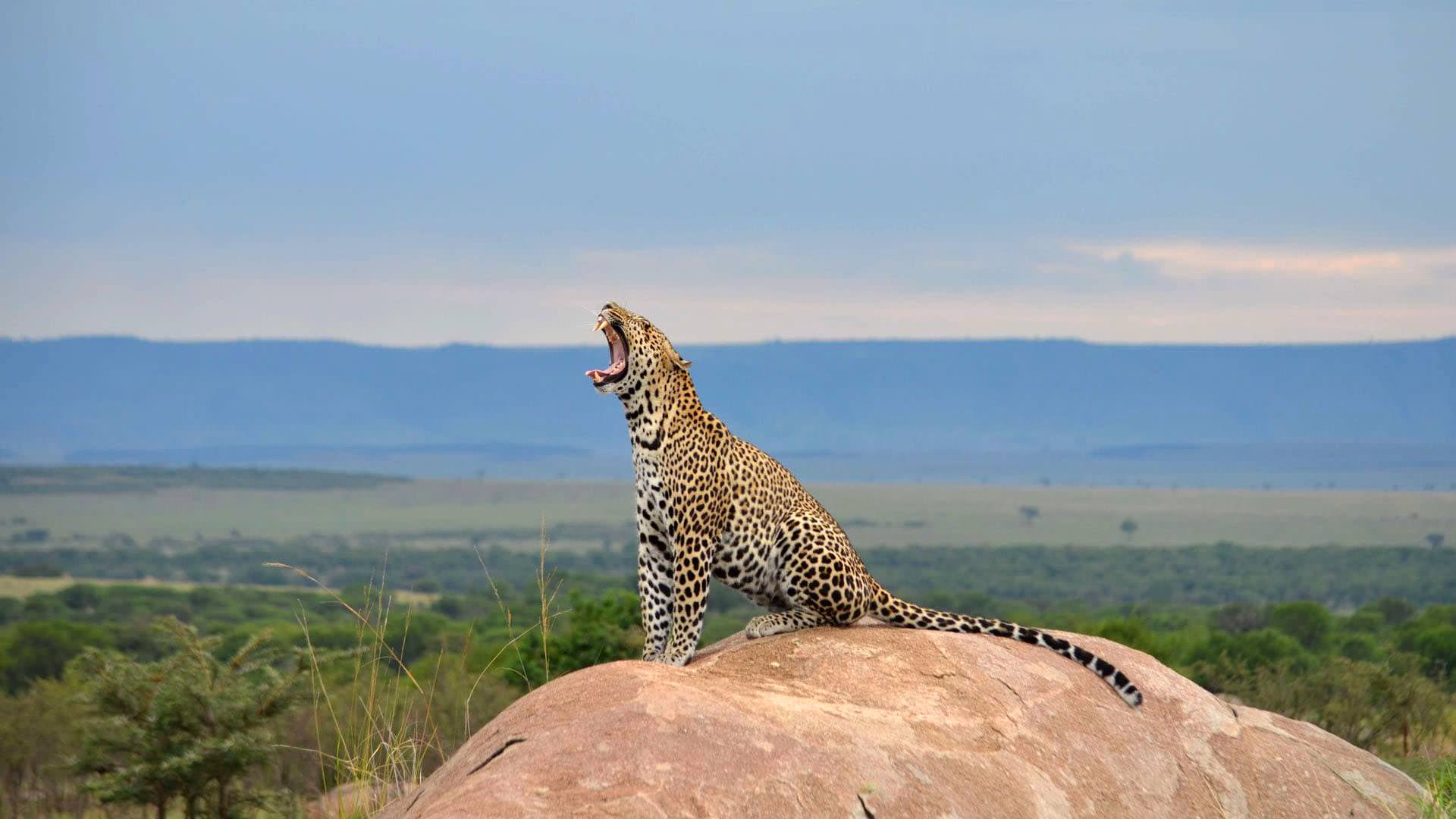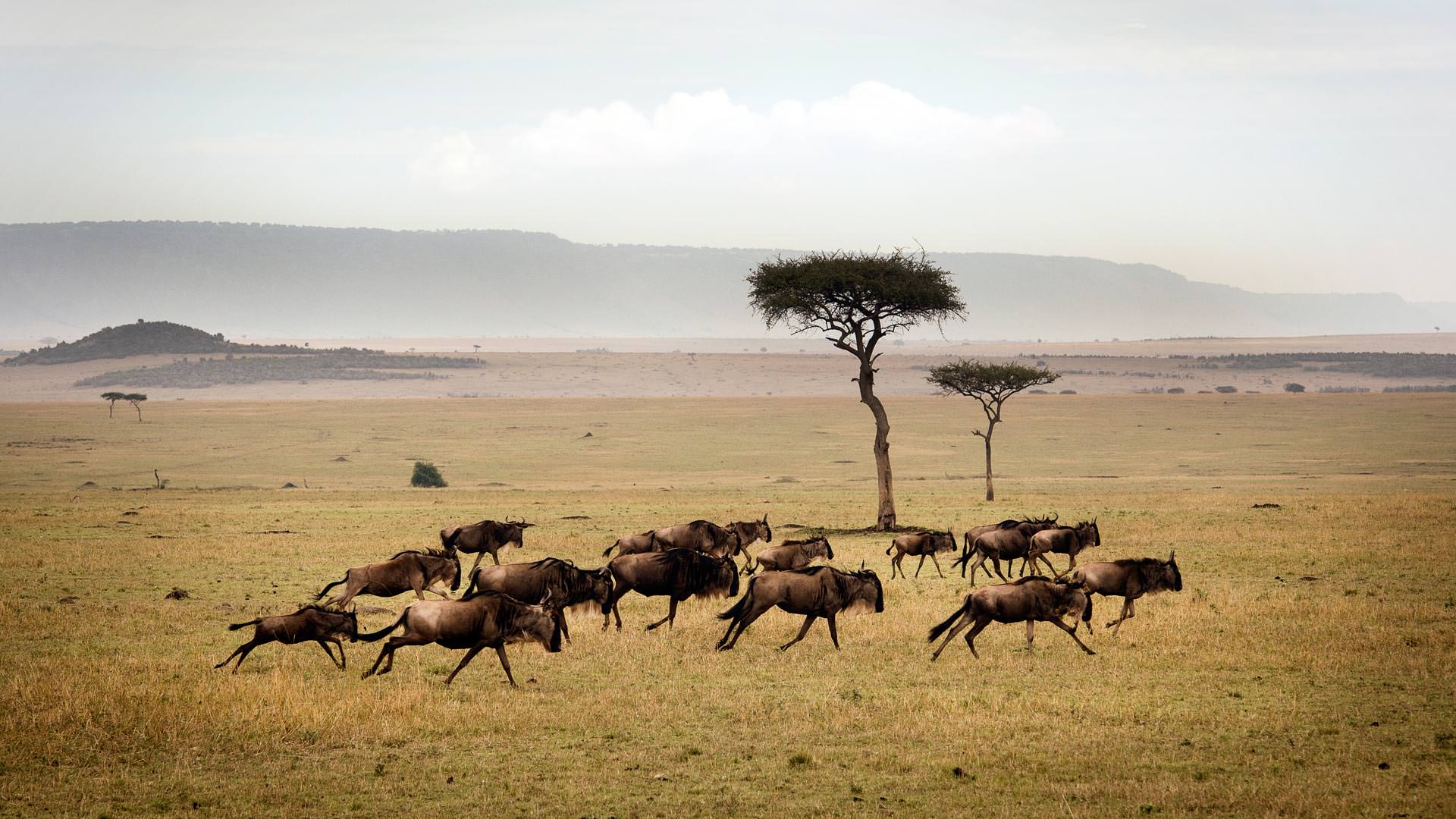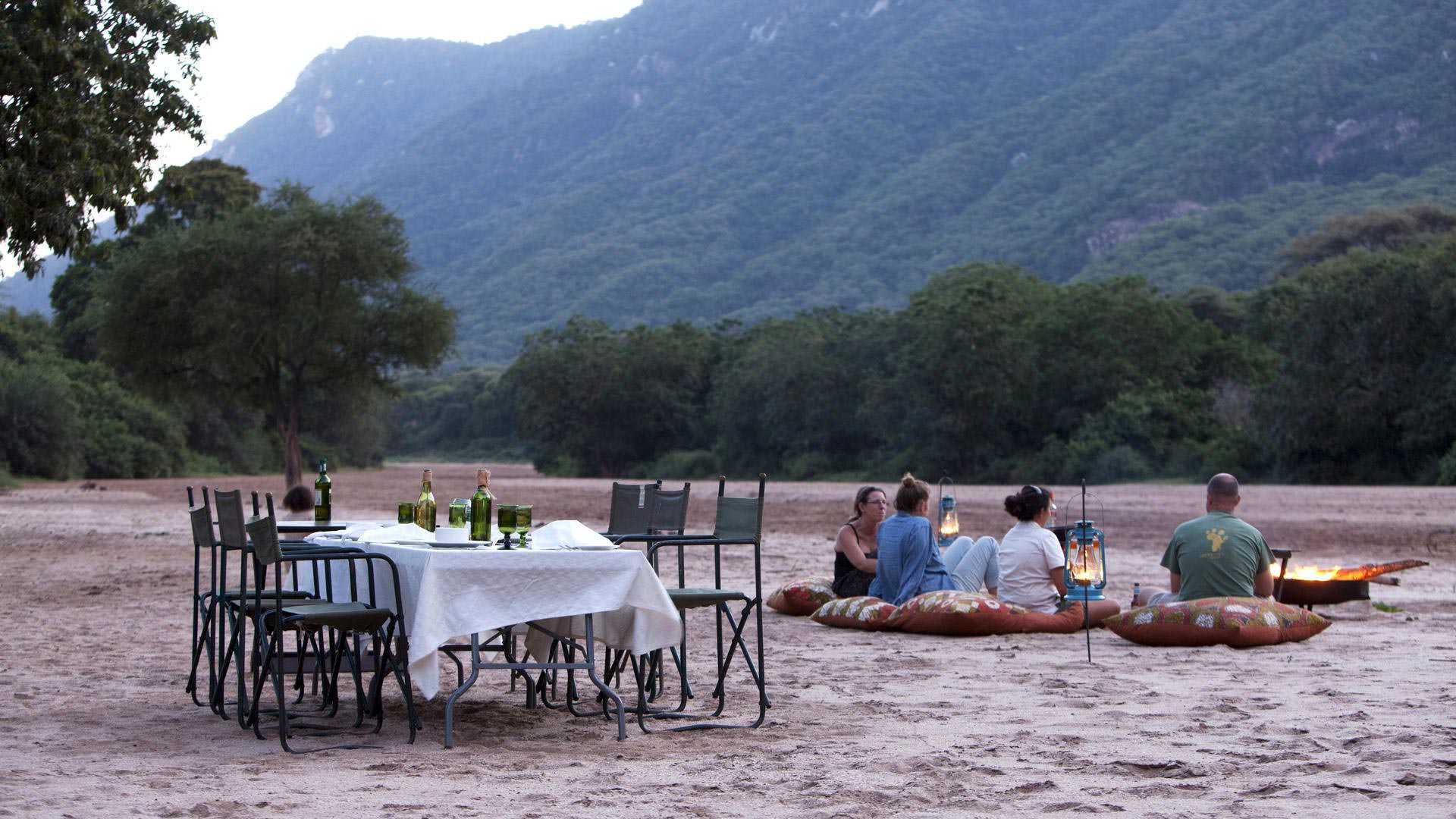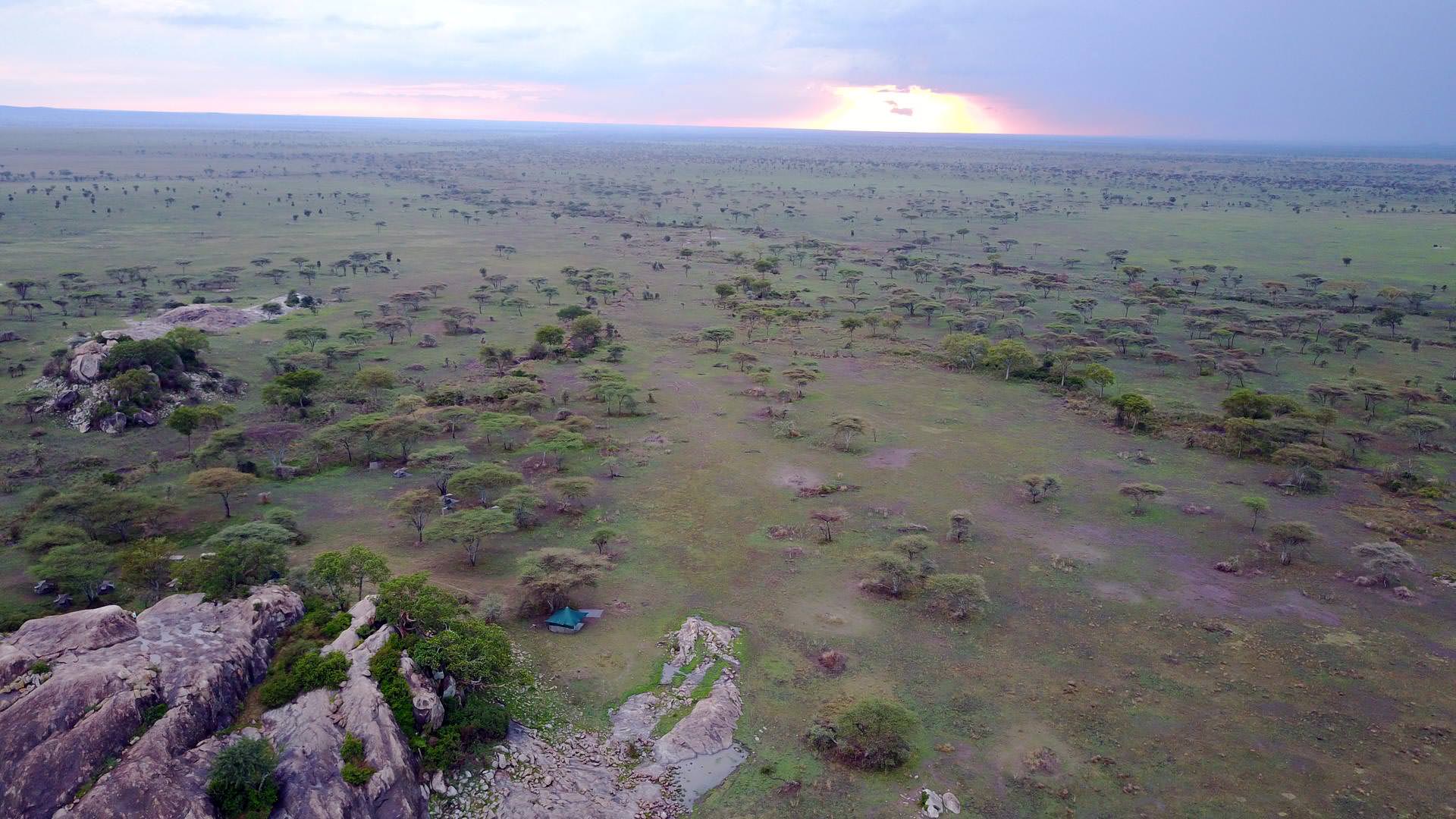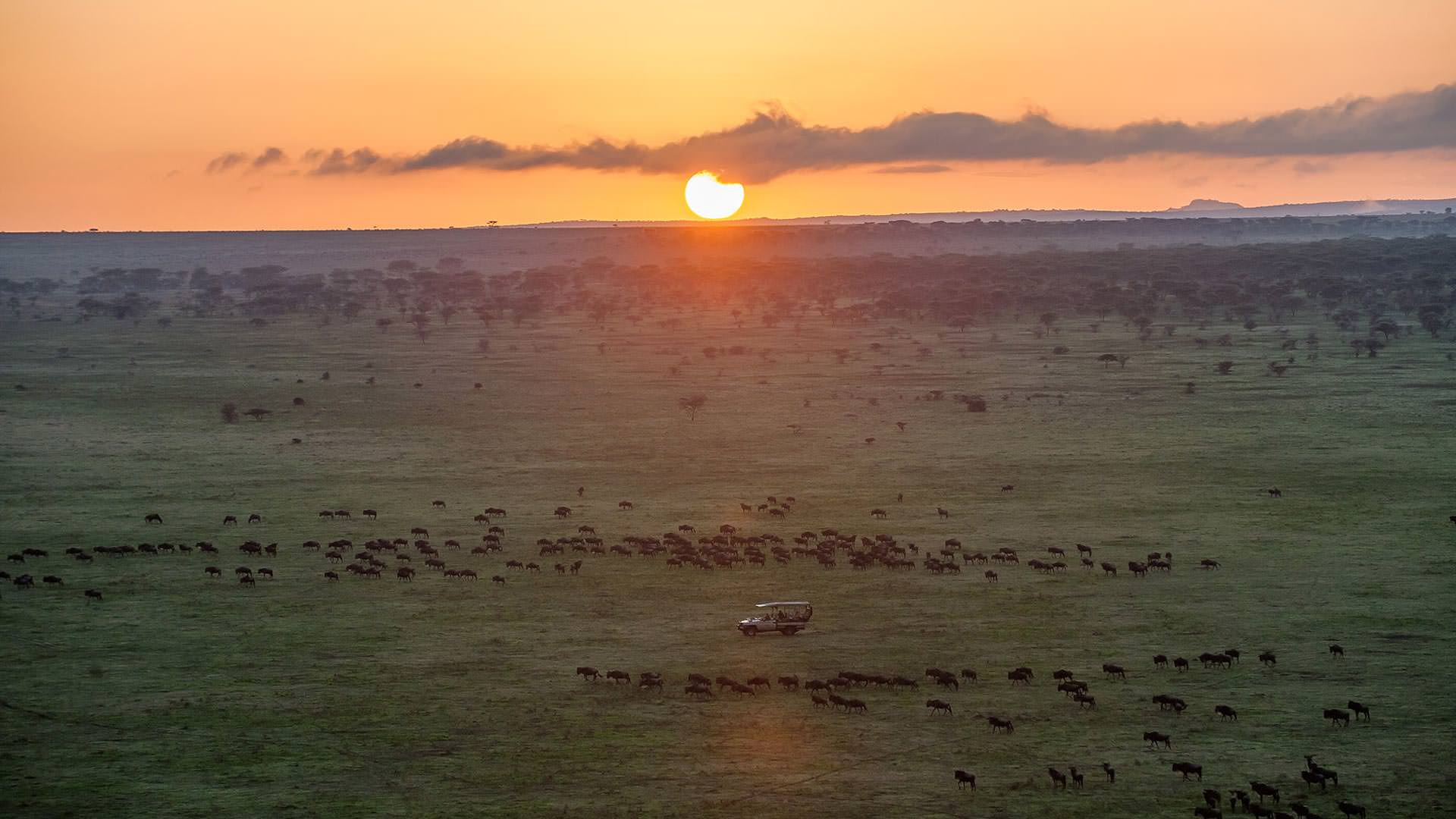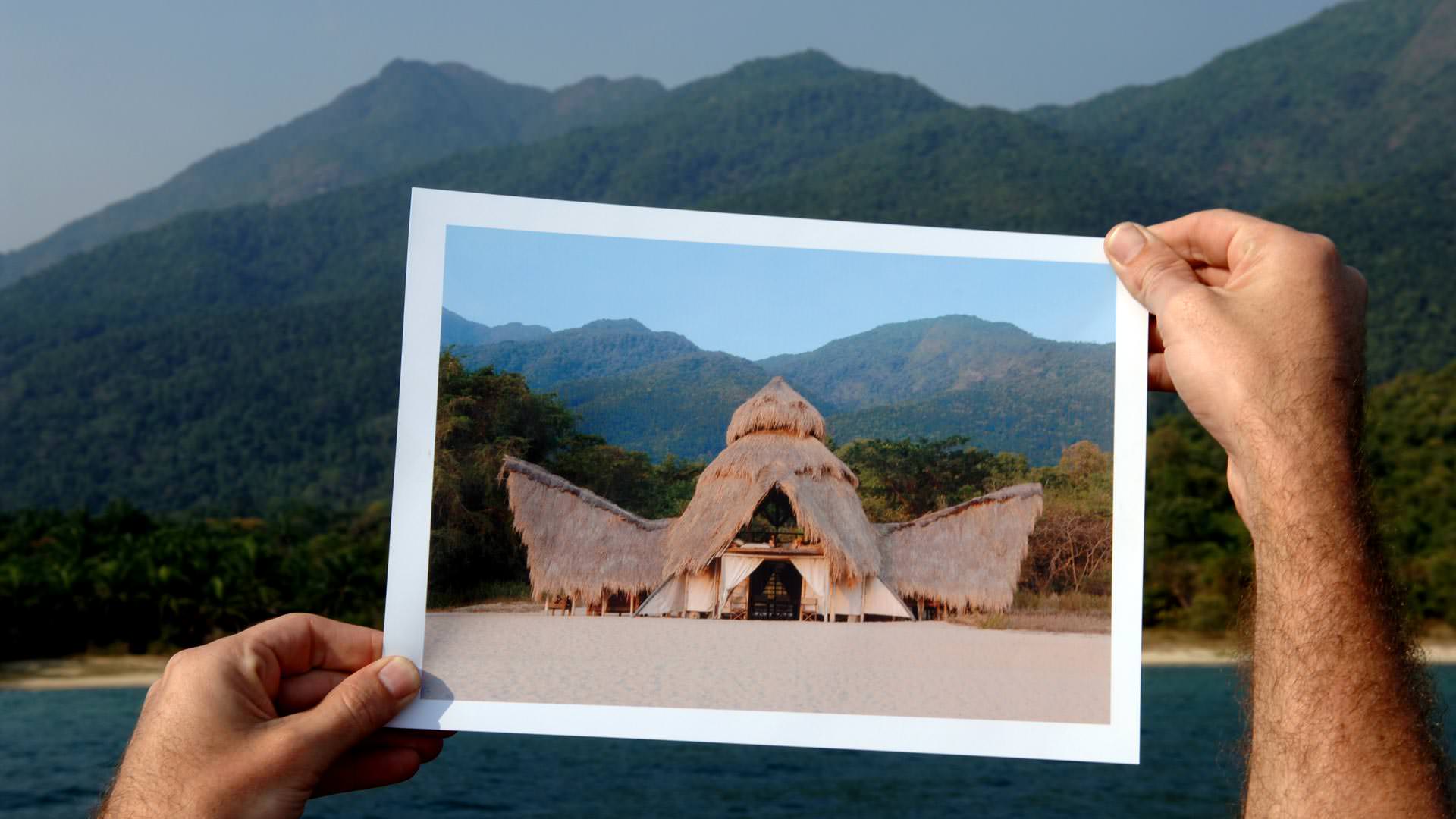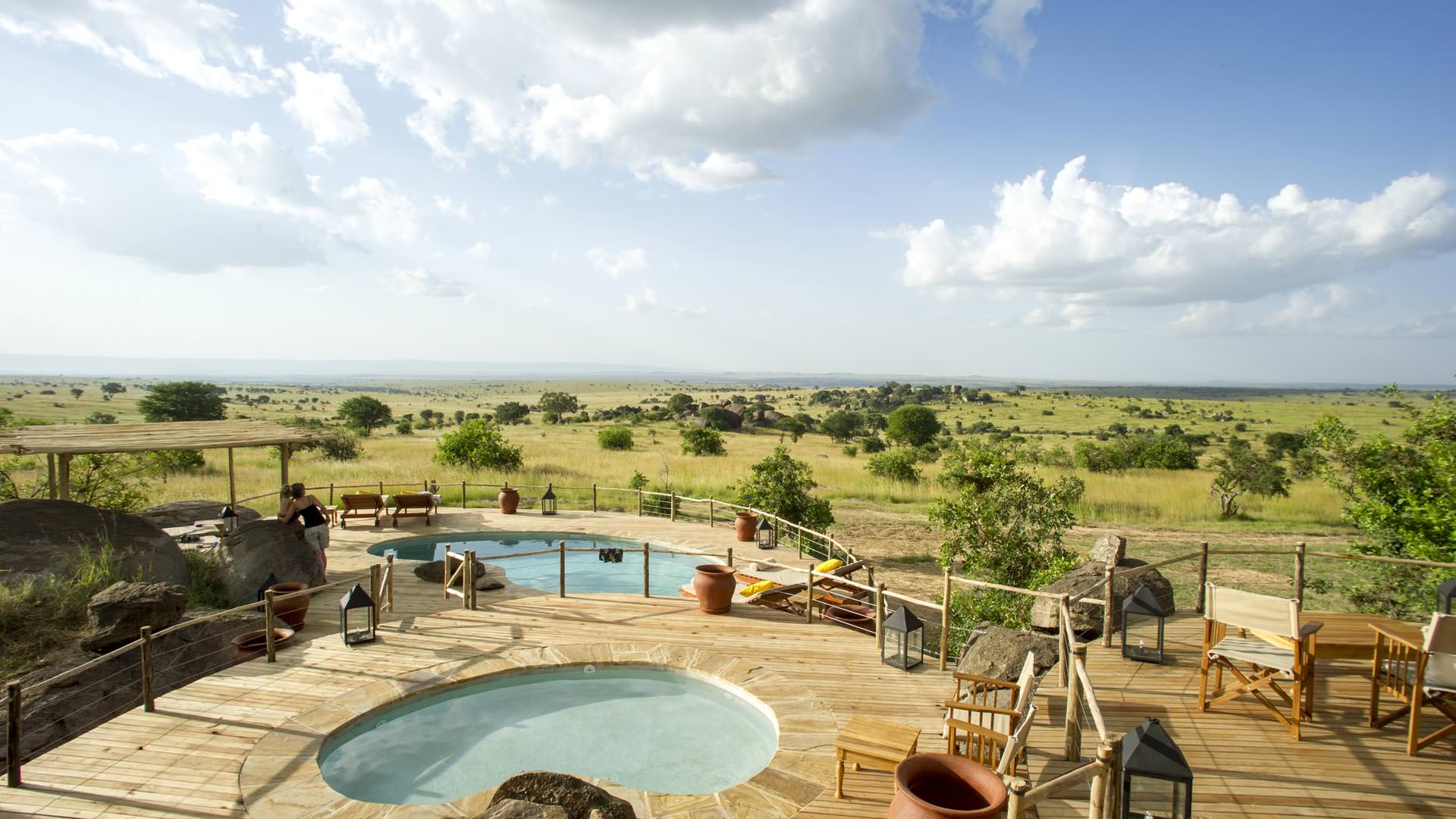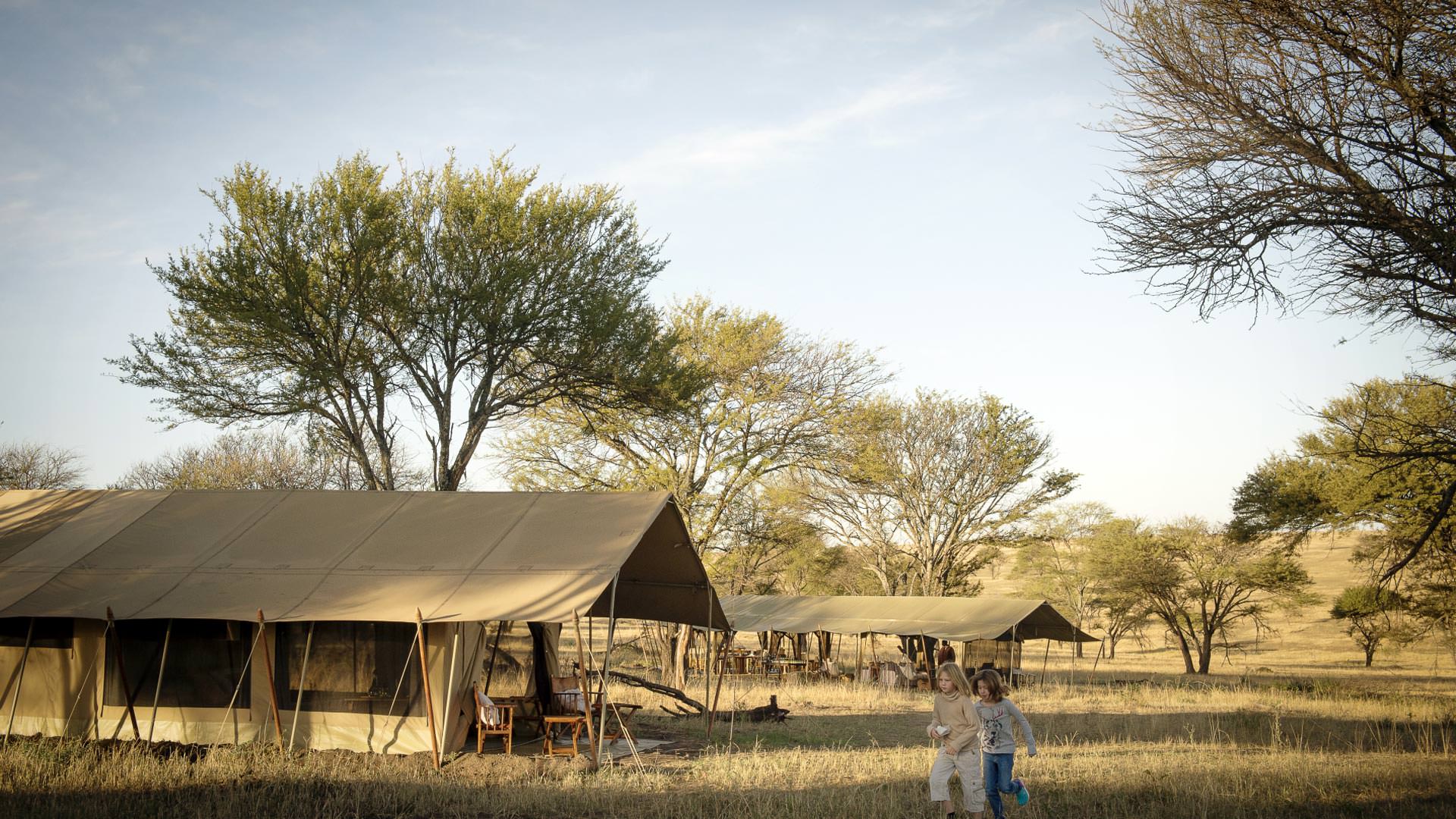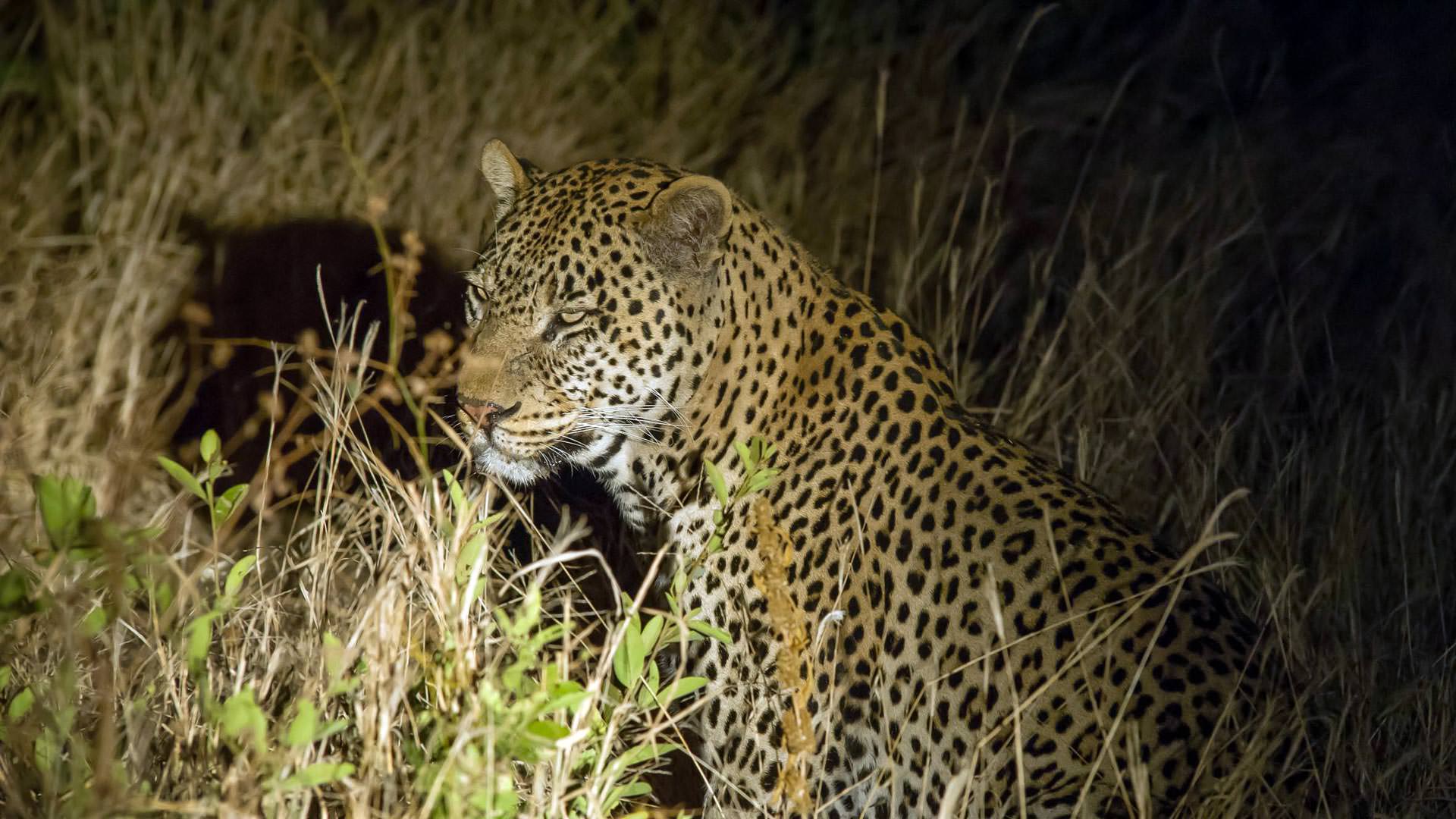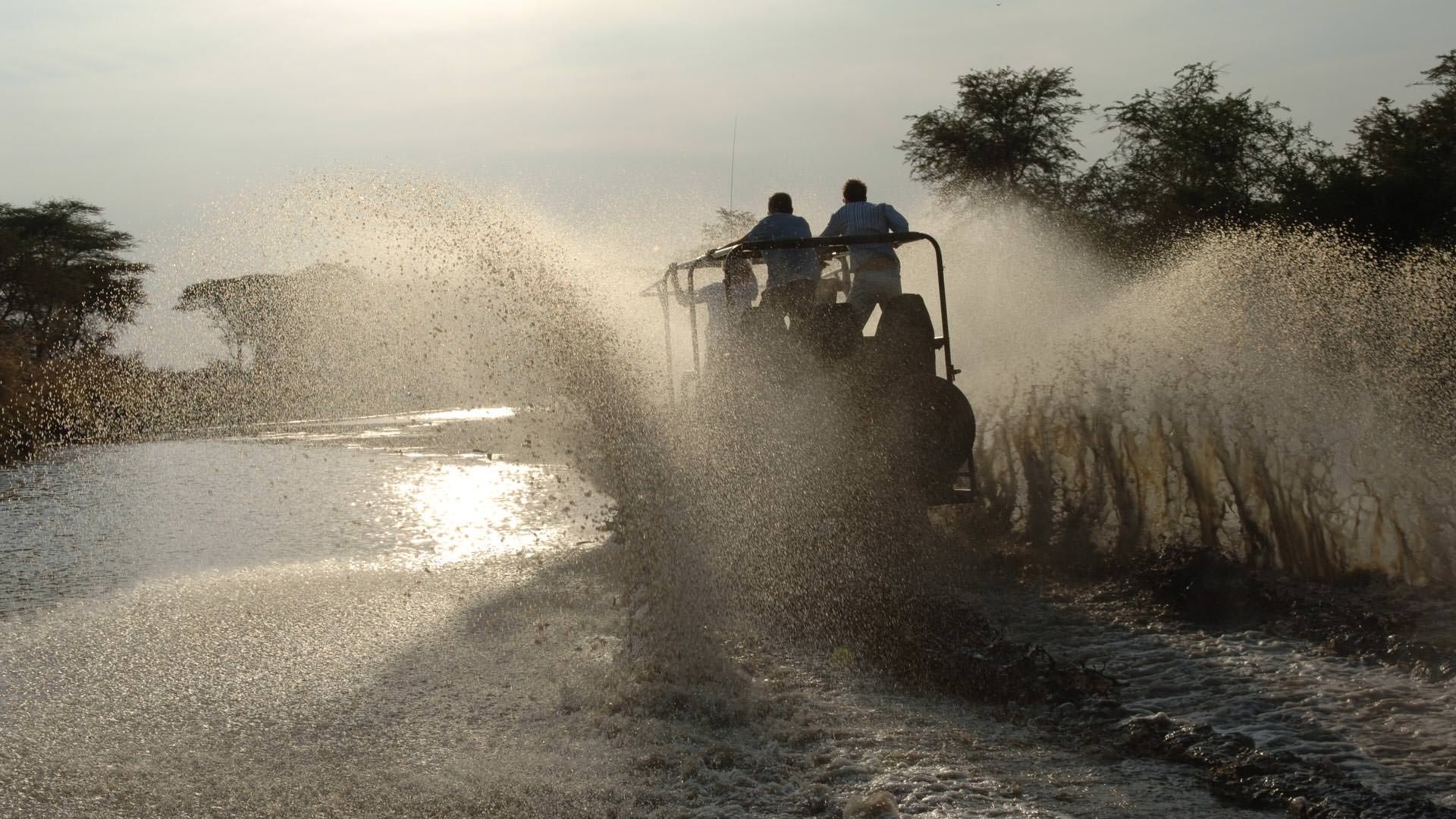Serengeti – our favorite destination
Tanzania’s oldest and most popular national park, the Serengeti is famed for its annual migration, when some six million hooves pound the open plains, as more than 200,000 zebra and 300,000 Thomson’s gazelle join the wildebeest’s trek for fresh grazing. Yet even when the migration is quiet, the Serengeti offers arguably the most impressive game-viewing in Africa: great herds of buffalo, smaller groups of elephant and giraffe, and thousands upon thousands of eland, topi, hartebeest, impala and Grant’s gazelle.
The spectacle of predator versus prey dominates Tanzania’s greatest park. Golden-maned lion prides feast on the abundance of plain grazers. Solitary leopards haunt the acacia trees lining the Seronera River, while cheetahs prowl the south-eastern plains. Almost uniquely, all three African jackal species occur here, alongside the spotted hyena and a host of more elusive small predators, ranging from the insectivorous aardwolf to the beautiful serval cat.
More than large animals
But there is more to Serengeti than large mammals. Gaudy agama lizards and rock hyraxes scuffle around the surfaces of the park’s isolated granite kopjes. A full 100 varieties of dung beetle have been recorded, as have 500-plus bird species, ranging from the out-sized ostrich and bizarre secretary bird of the open grassland, to the black eagles that soar effortlessly above the Lobo Hills.
Popular the Serengeti might be, but it remains so vast that you may be the only human audience when a pride of lions masterminds a siege, focused unswervingly on its next meal.
About Serengeti
Covering 14,763 sq km (5,700 sq miles), Serengeti is 335km (208 miles) from Arusha, stretching north to Kenya and bordering Lake Victoria to the West.
Scheduled and charter flights from Arusha, Lake Manyara and Mwanza take you to the heart of the action. Alternatively, drive from Arusha, Lake Manyara, Tarangire or Ngorongoro Crater. For the more adventurous, access the park from the East, through the Rift Valley and Lake Natron and Loliondo Game Controlled Areas.
Apart from the obvious, game viewing, here you can also experience Balloon safaris, Maasai rock paintings and musical rocks. Increasingly, visitors opt for walking safaris accompanied by skilled guides. From here, visit neighbouring Ngorongoro Crater, Olduvai Gorge, Ol Doinyo Lengai volcano and Lake Natron’s flamingos.
Serengeti is a year round destination. To follow the wildebeest migration, December-July is when most of the action takes place in Tanzania, when the herds are moving from Southern Serengeti to Kenya’s Mara Reserve. In September, they turn around and start the journey back. These movements are unpredictable and depend on the rainfall, so there are no hard and fixed dates – which just makes the safari all that more exciting!

